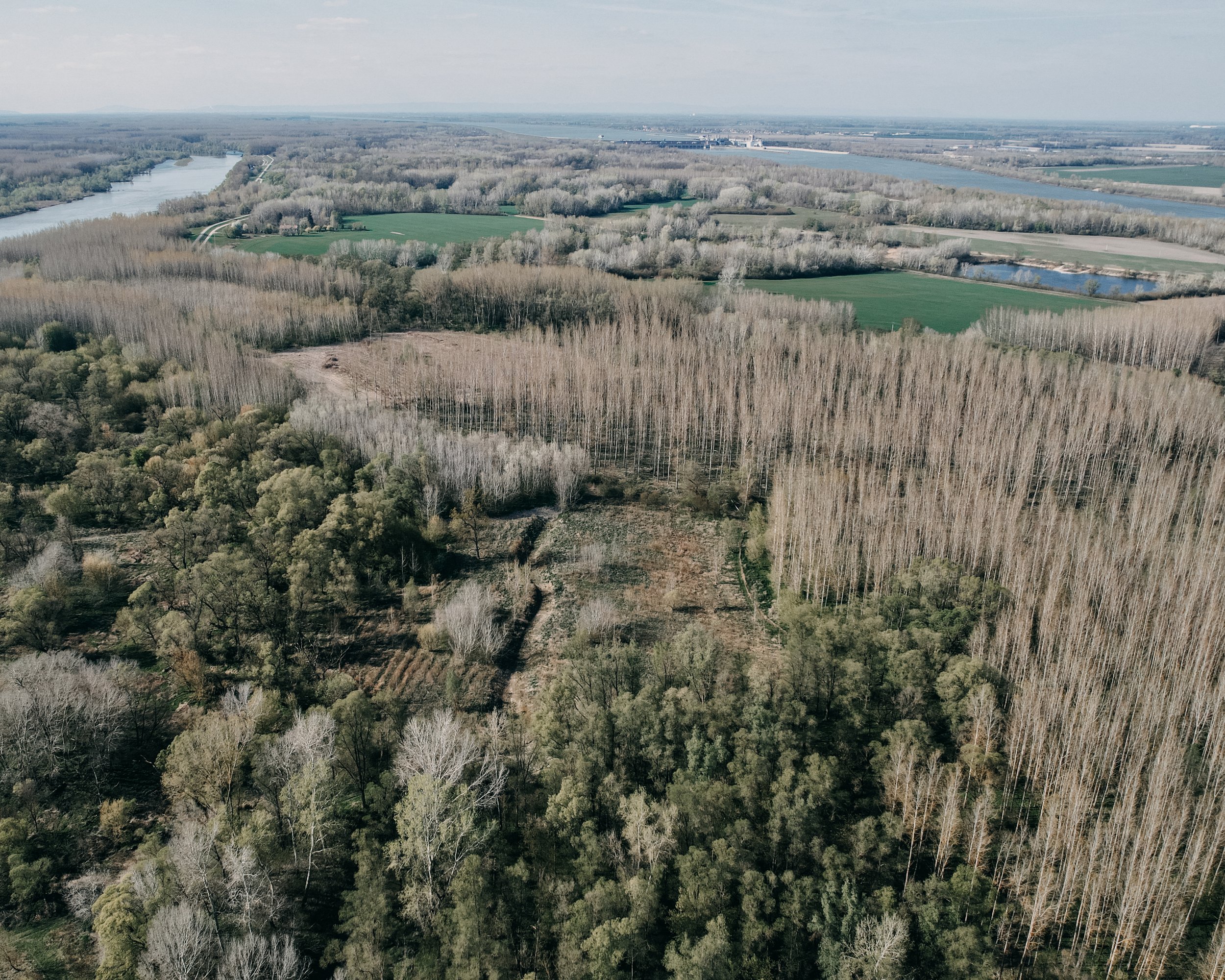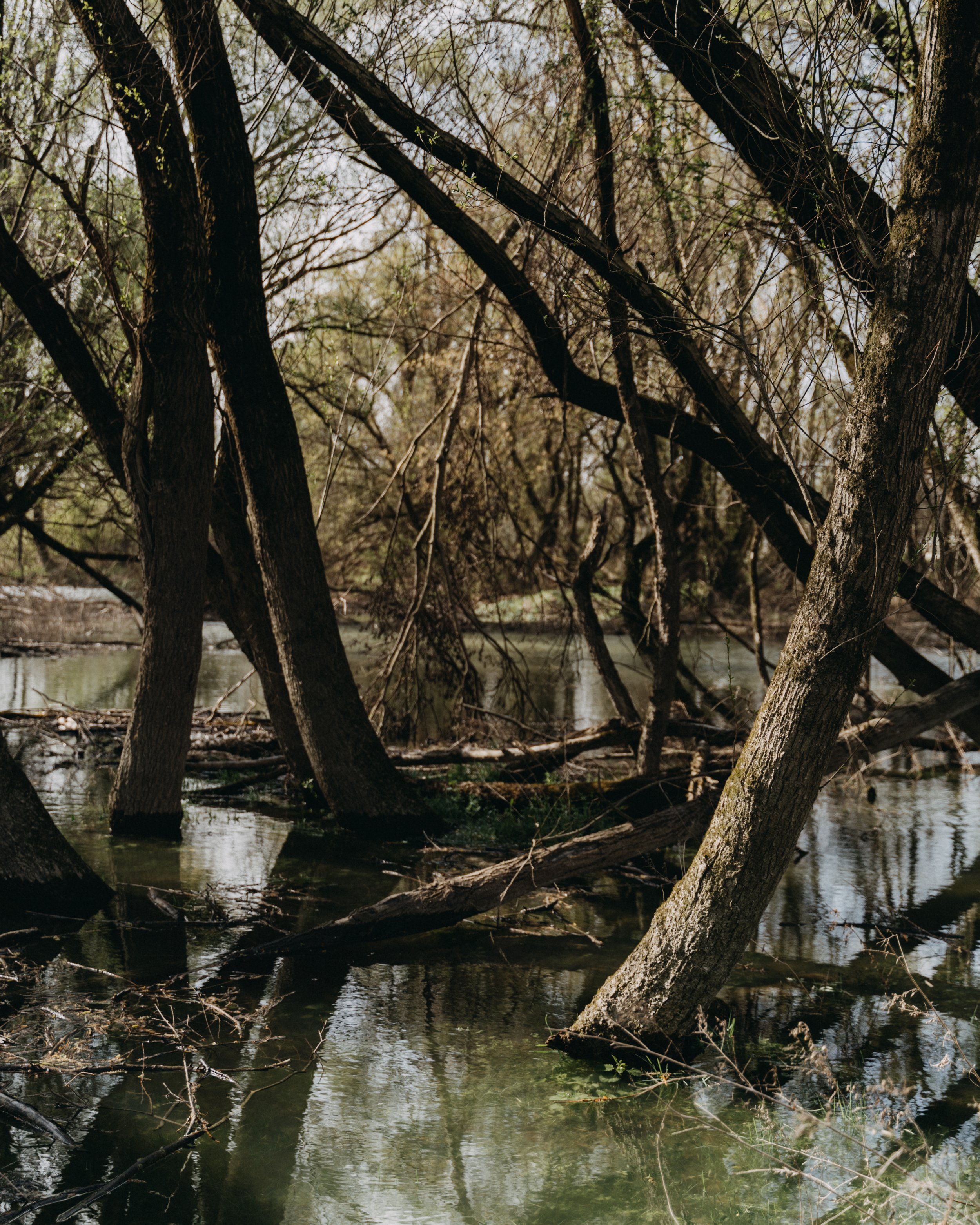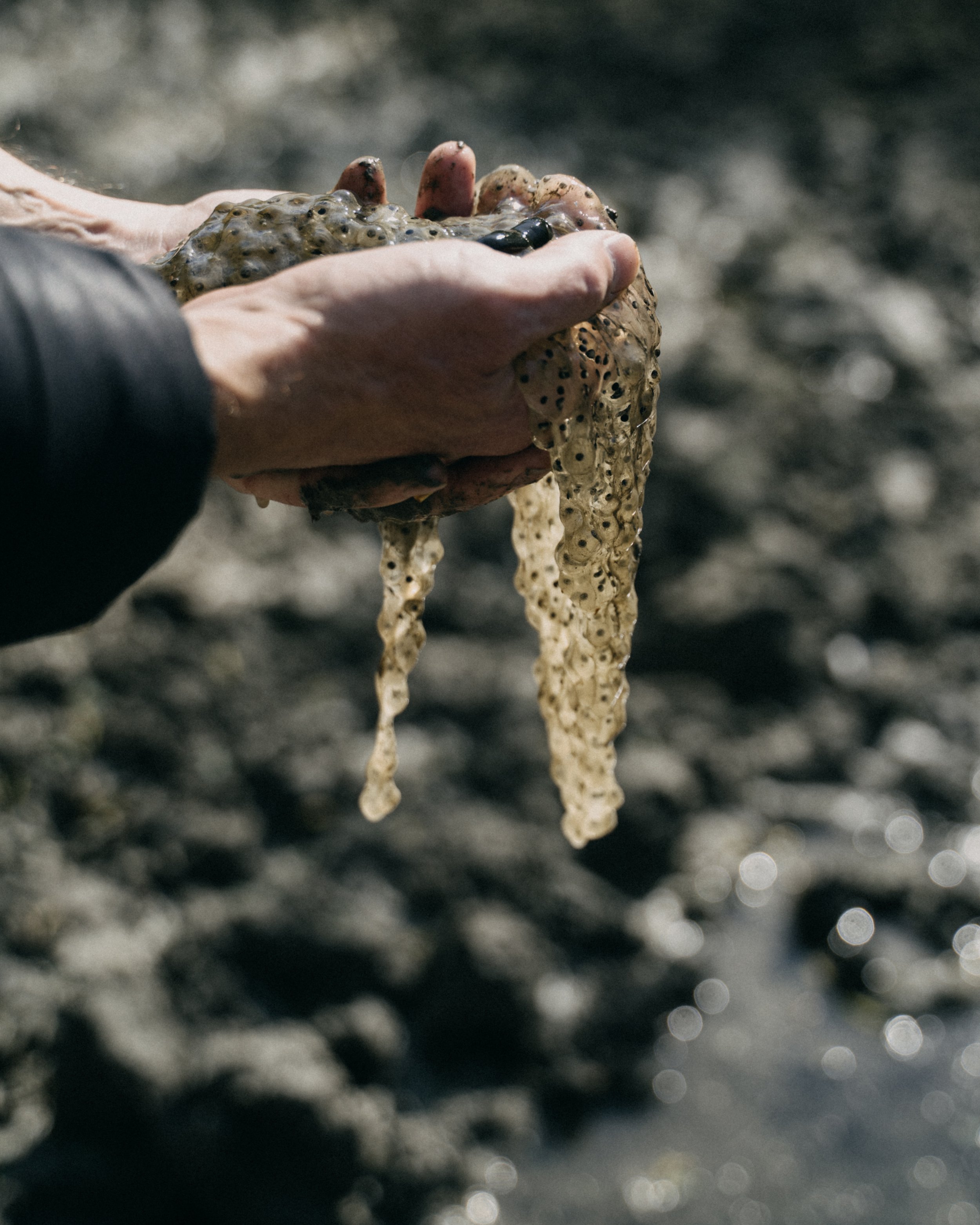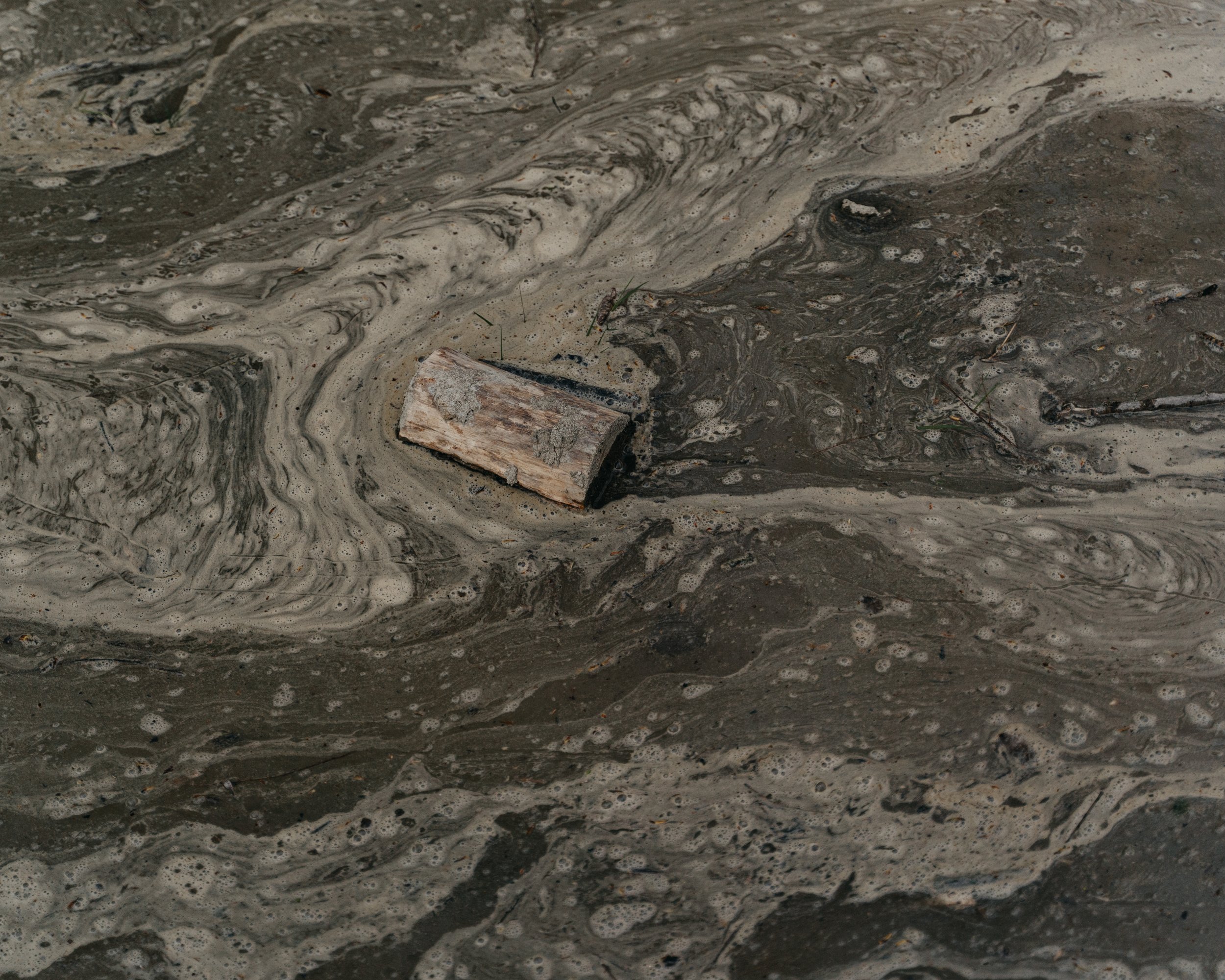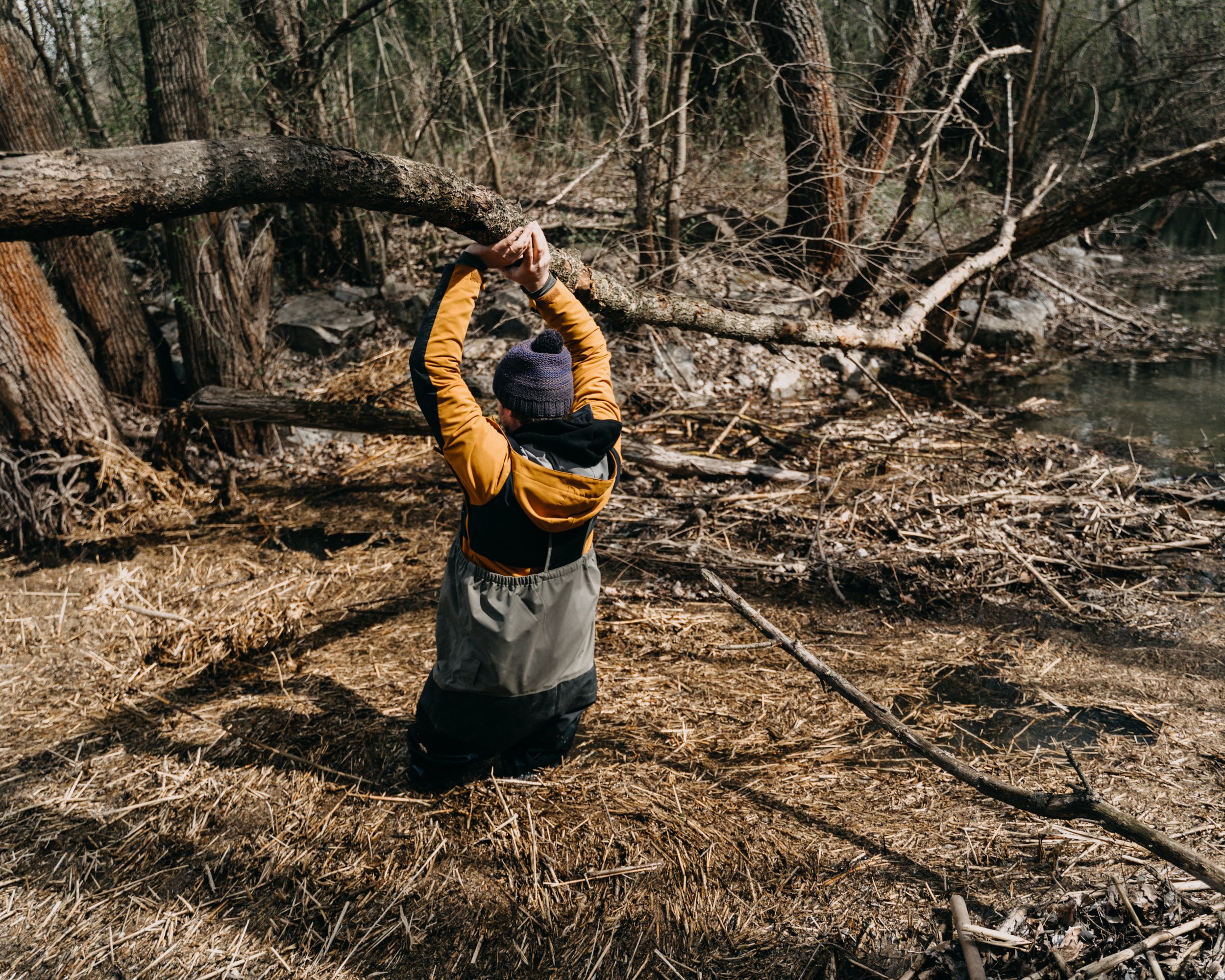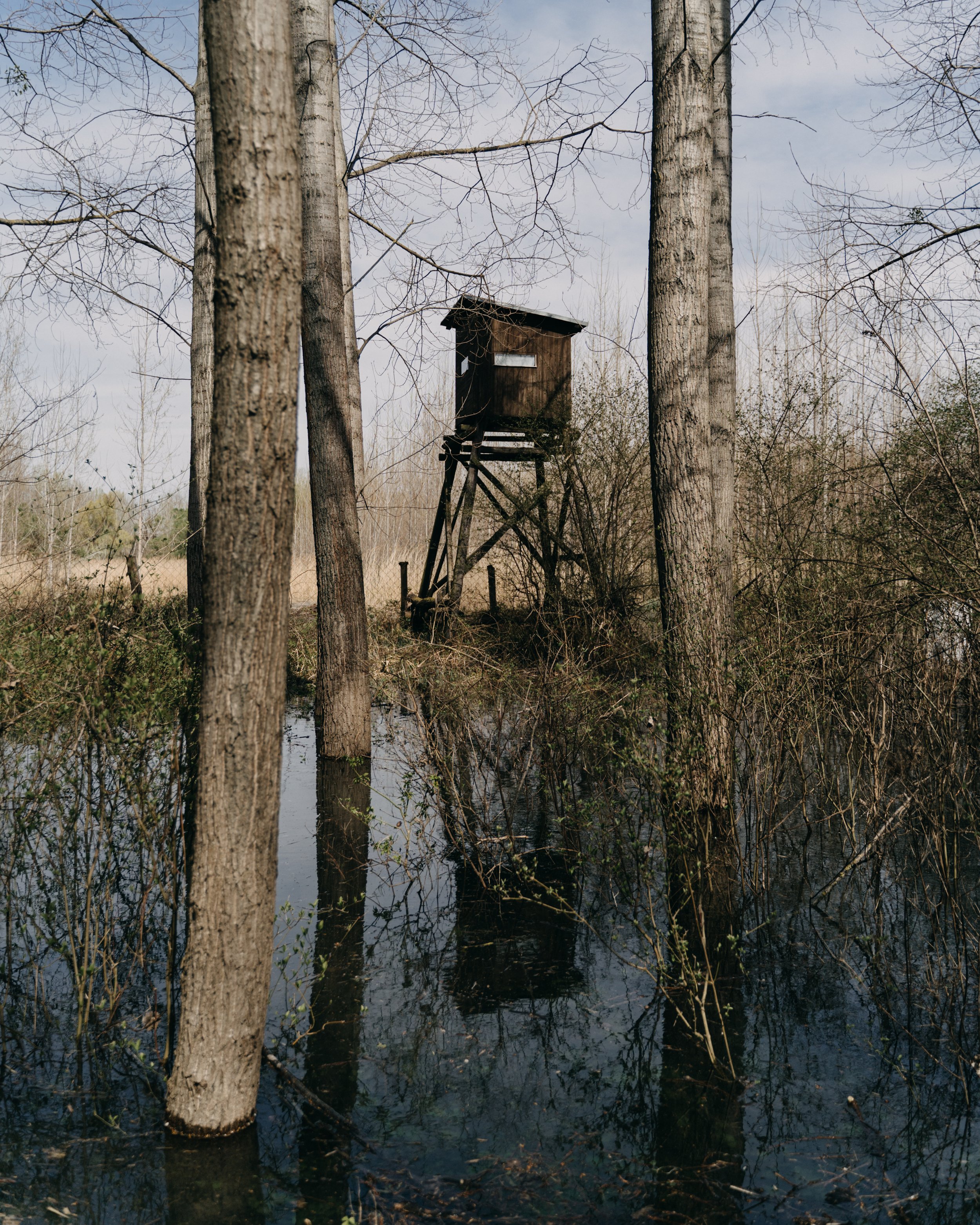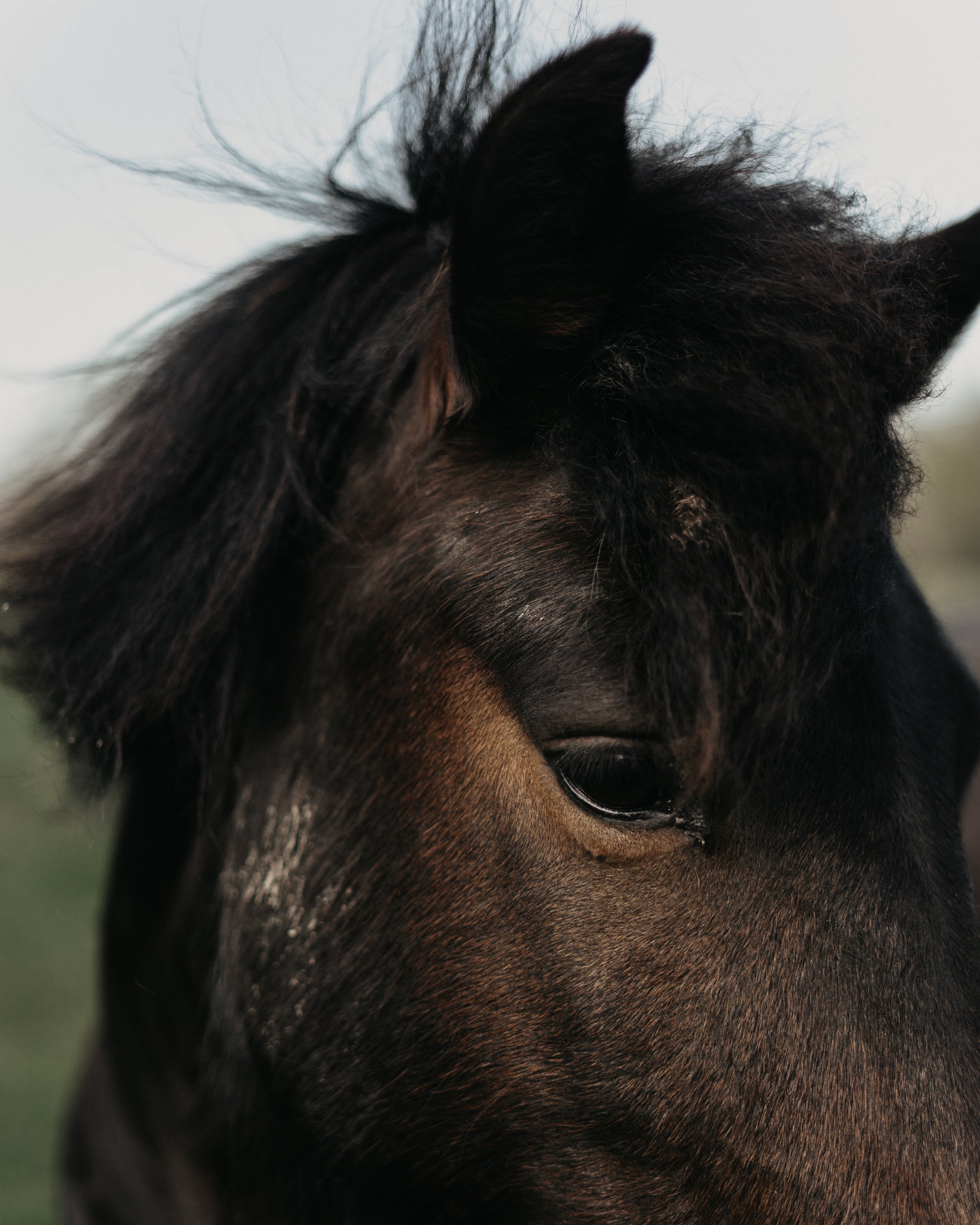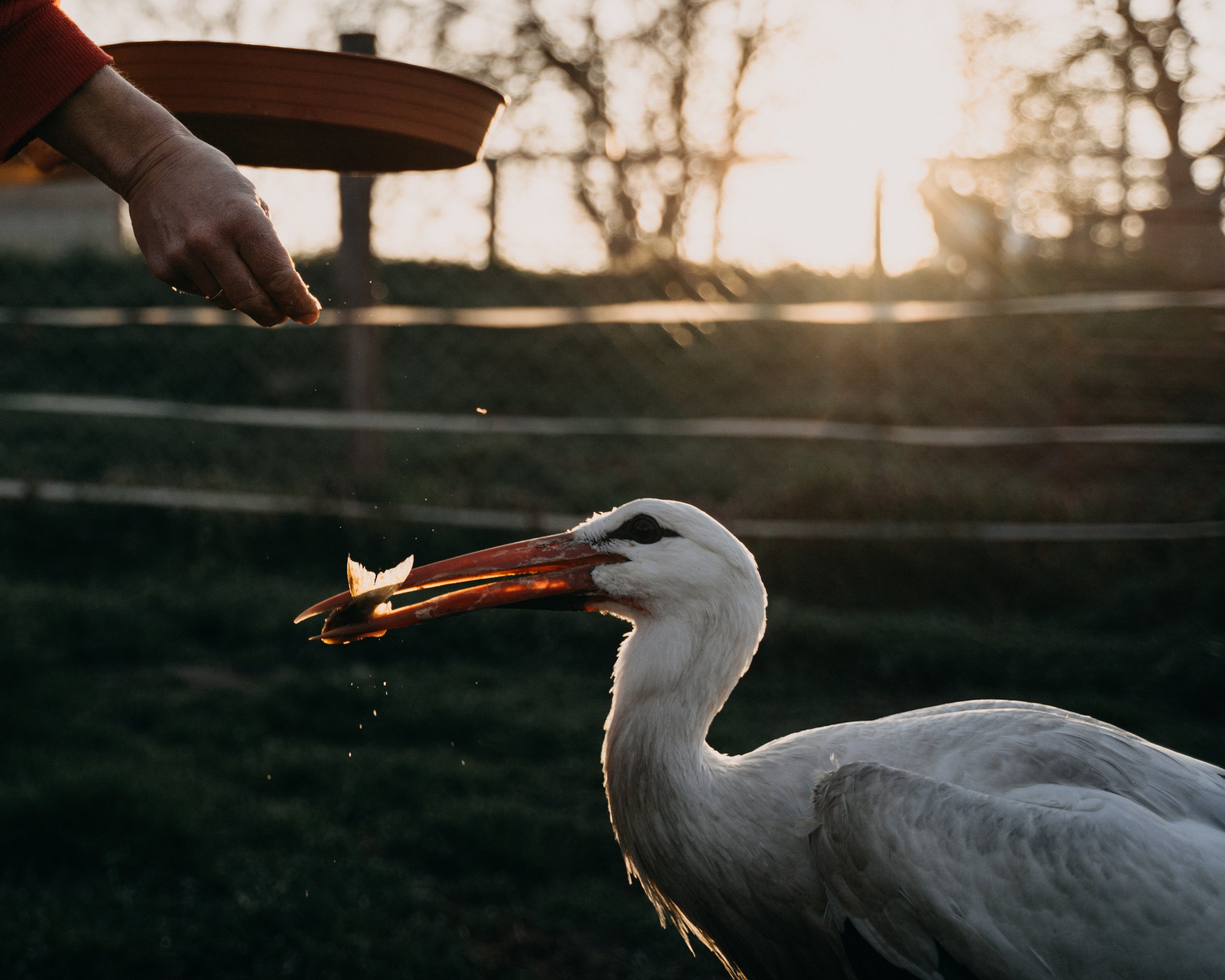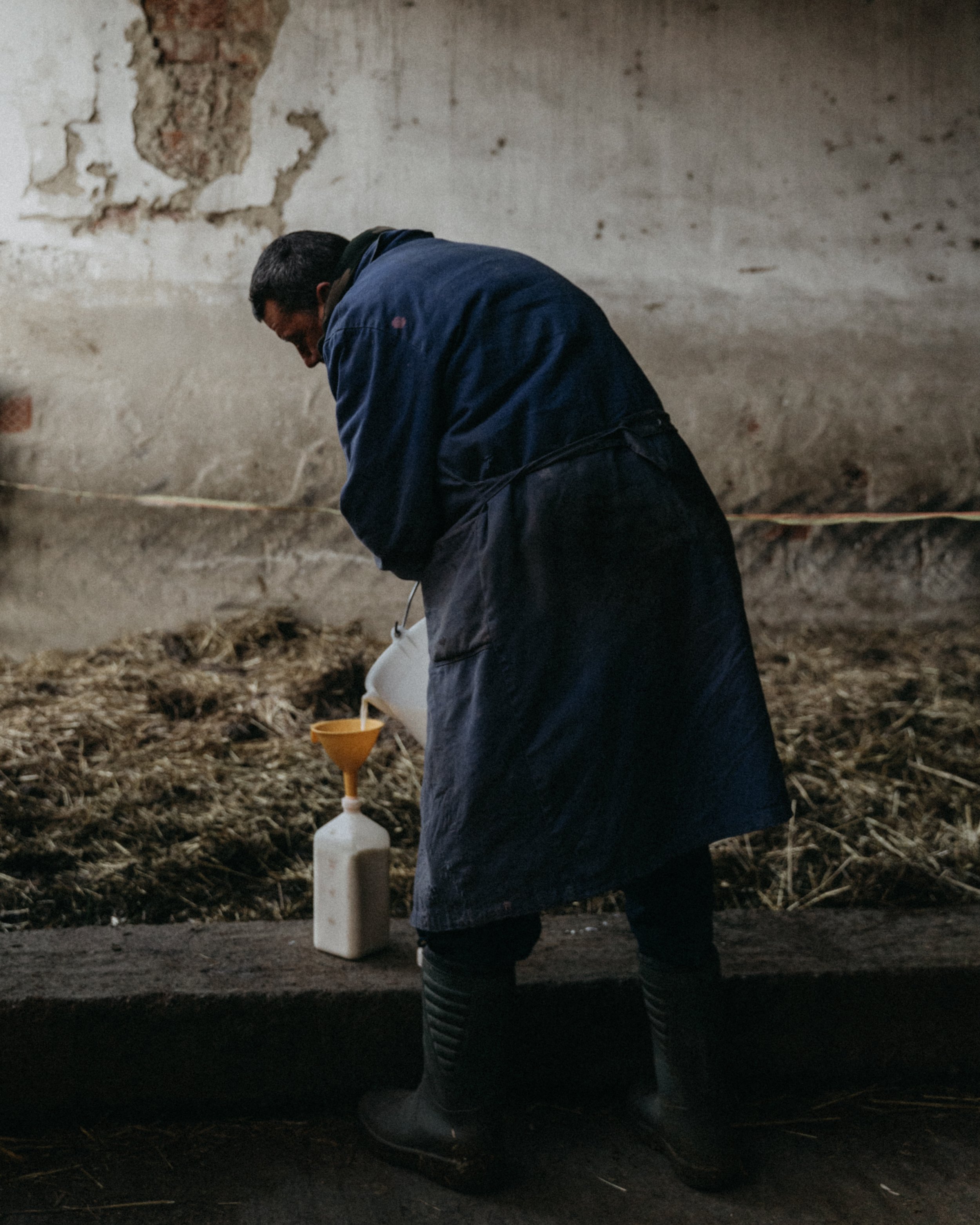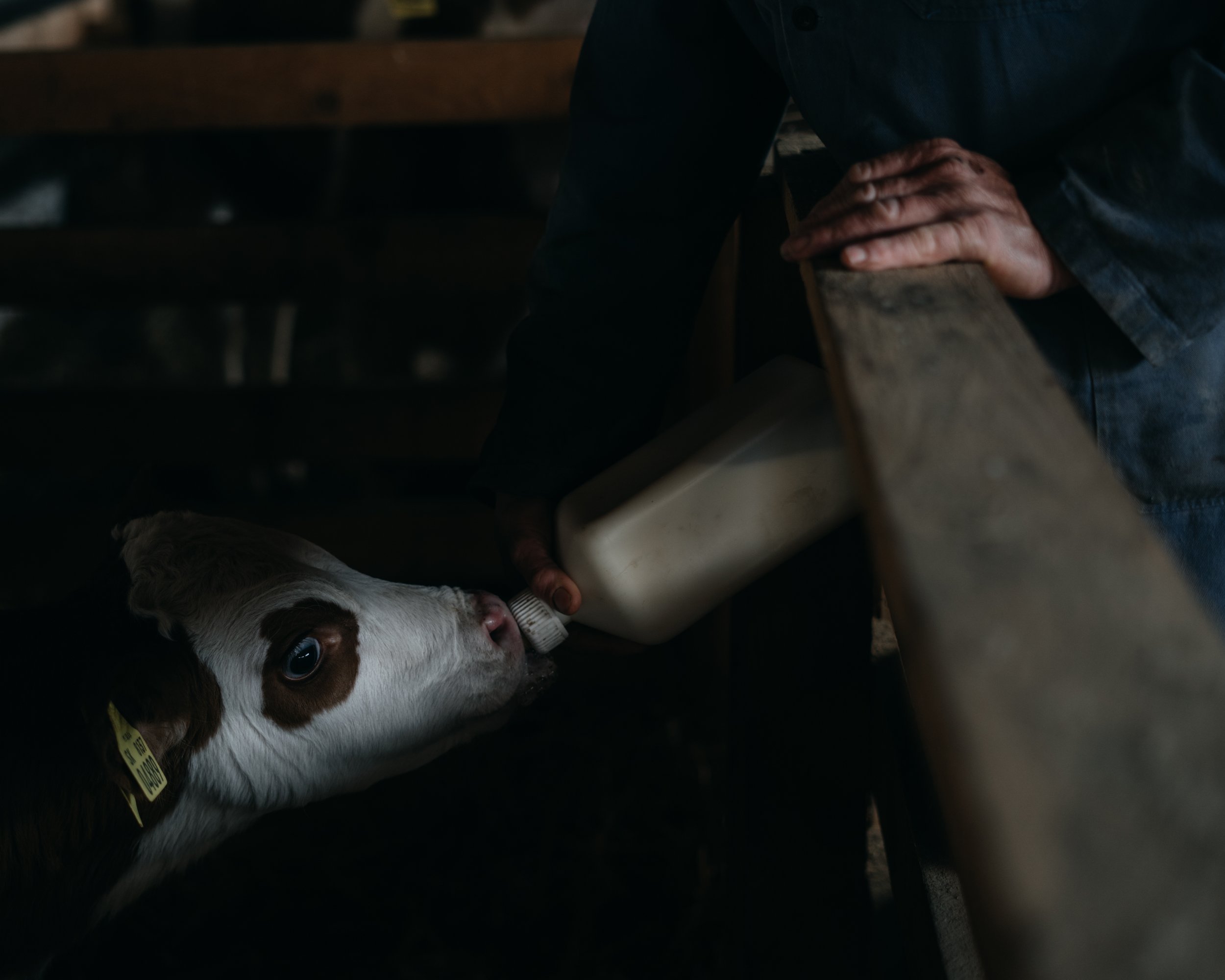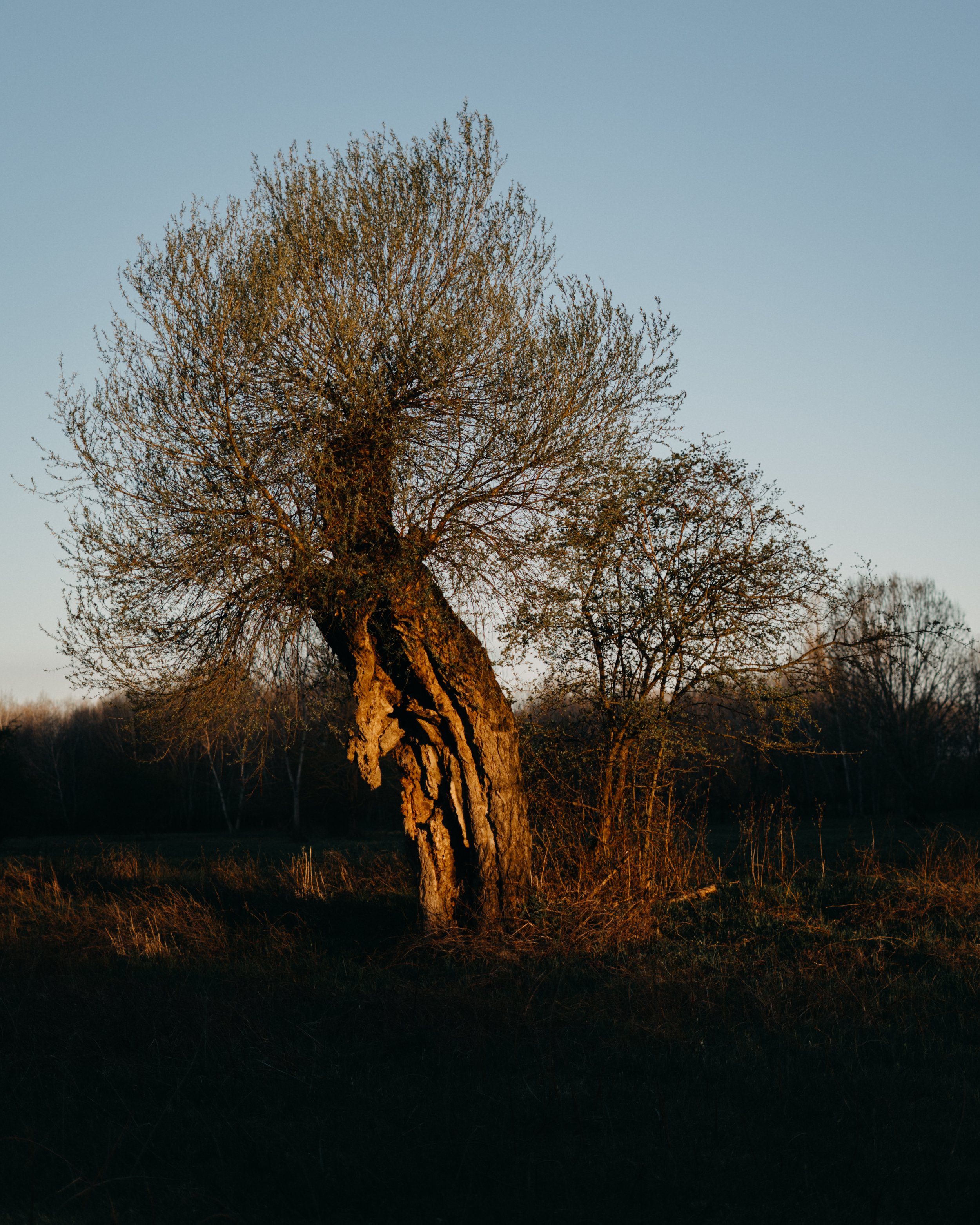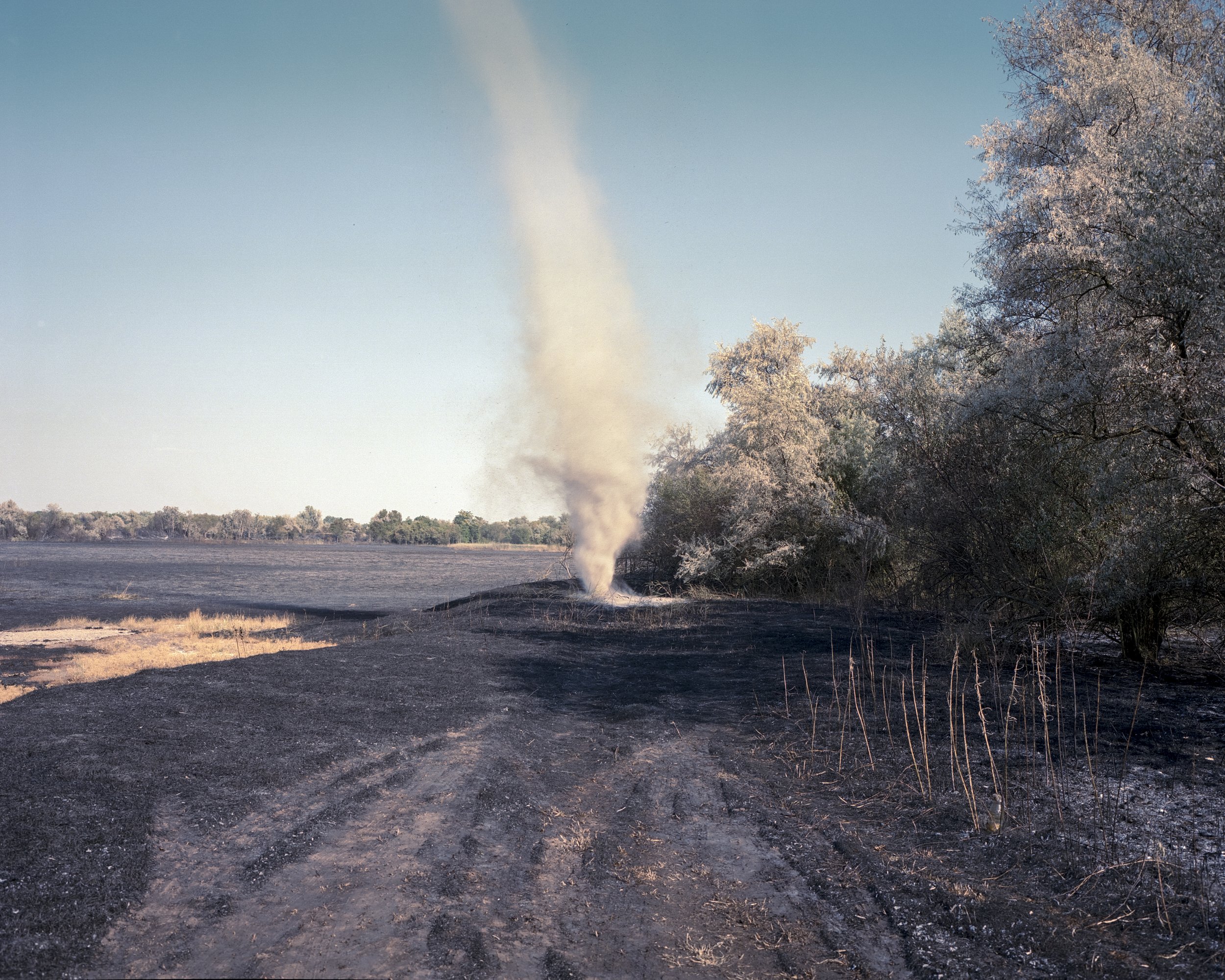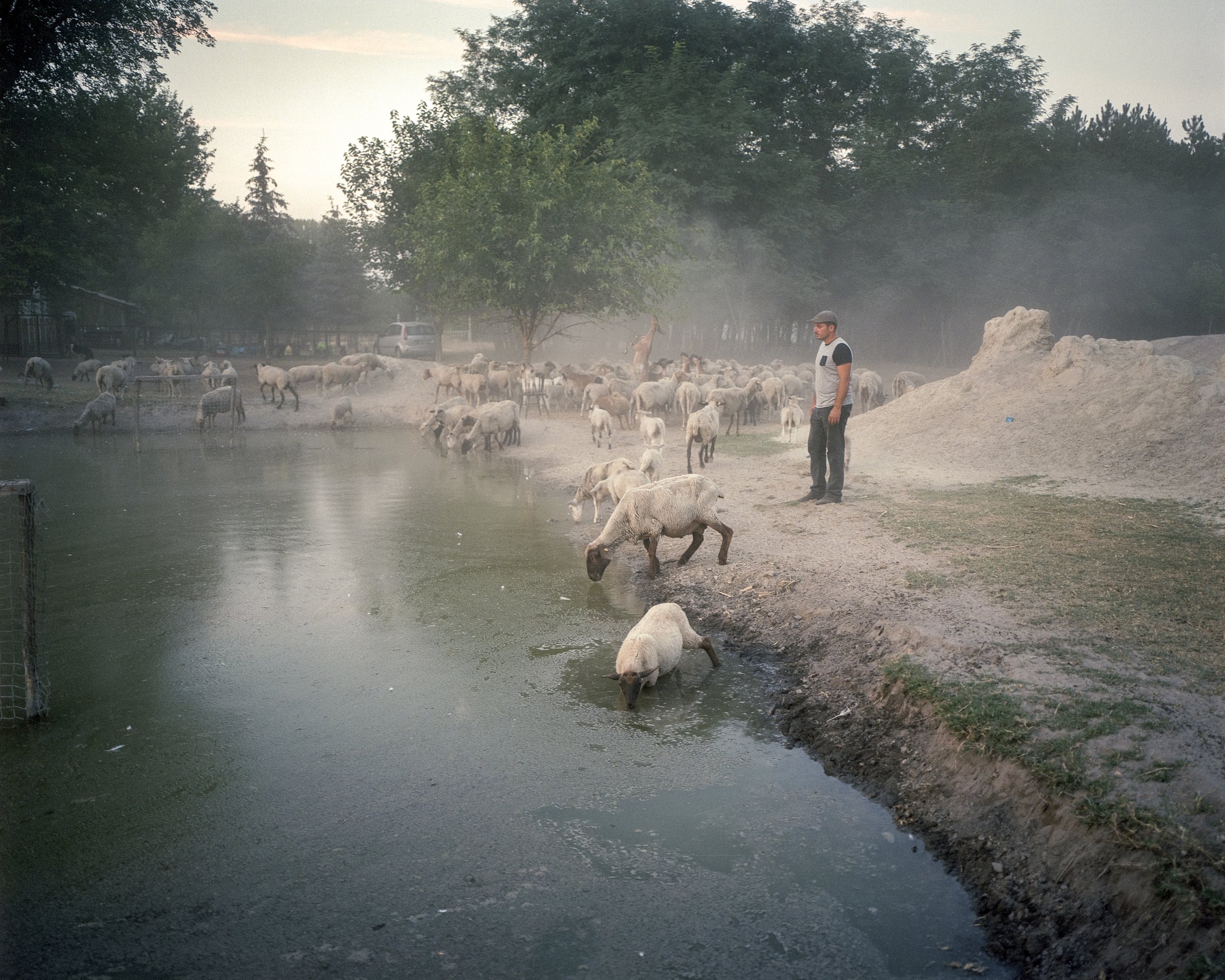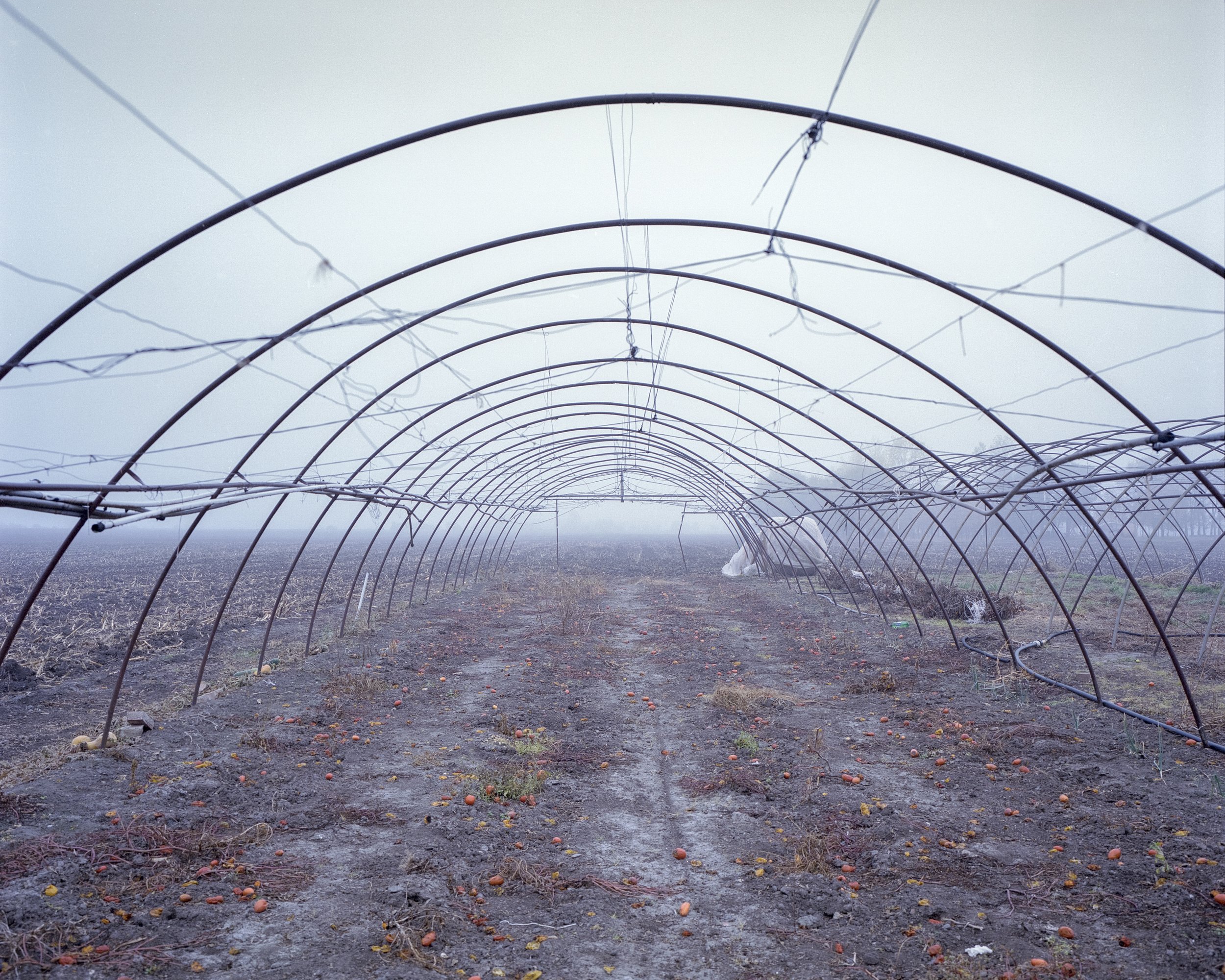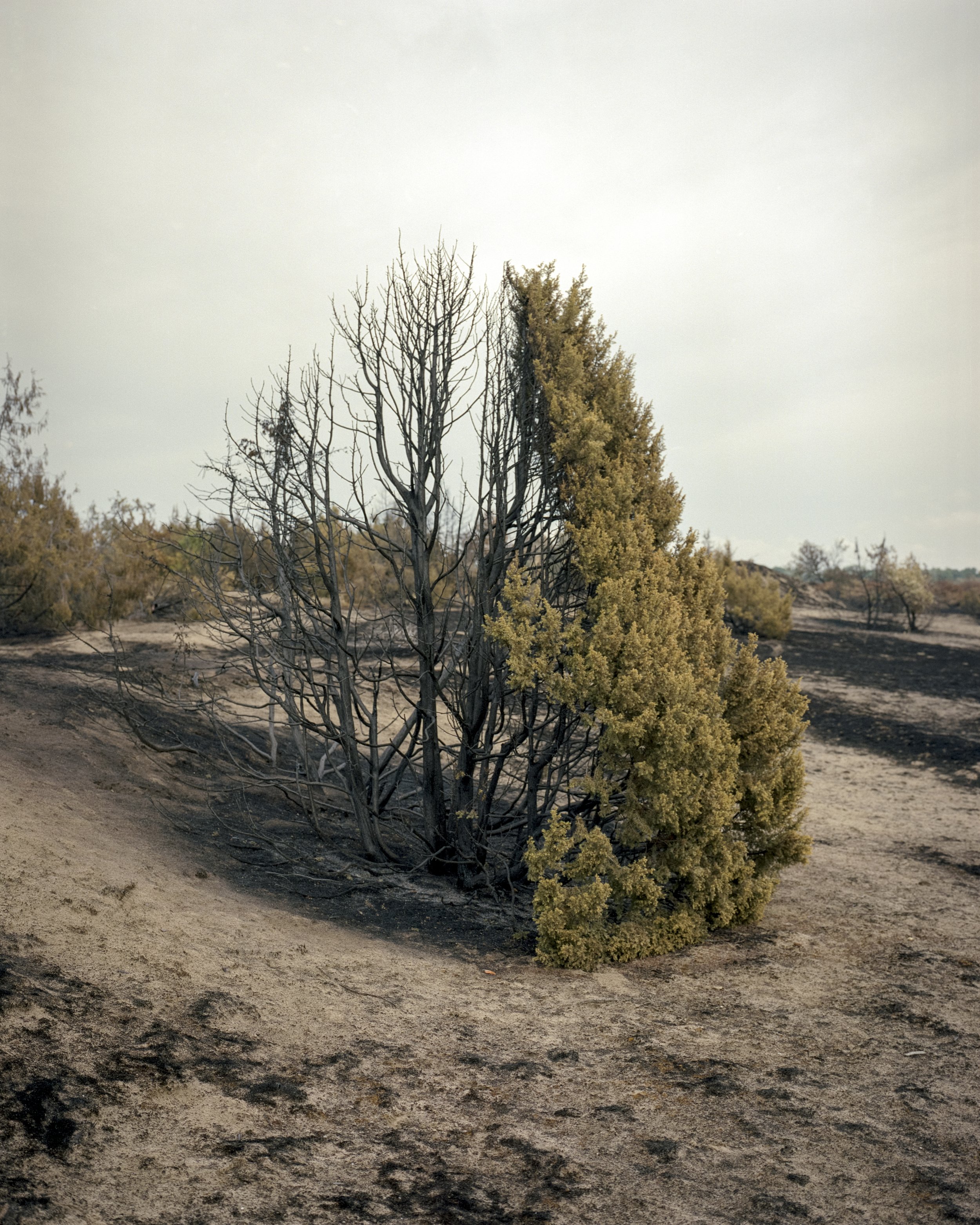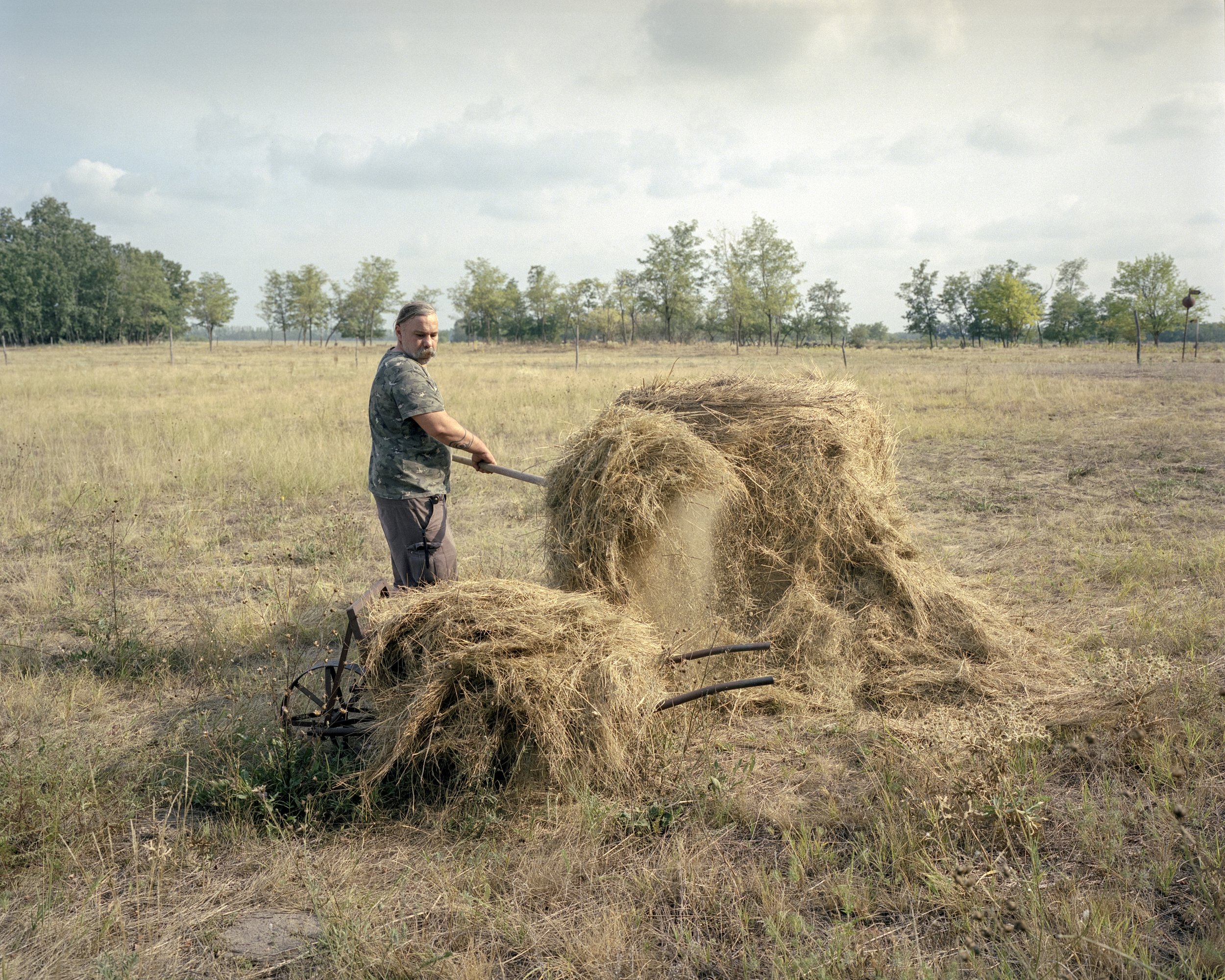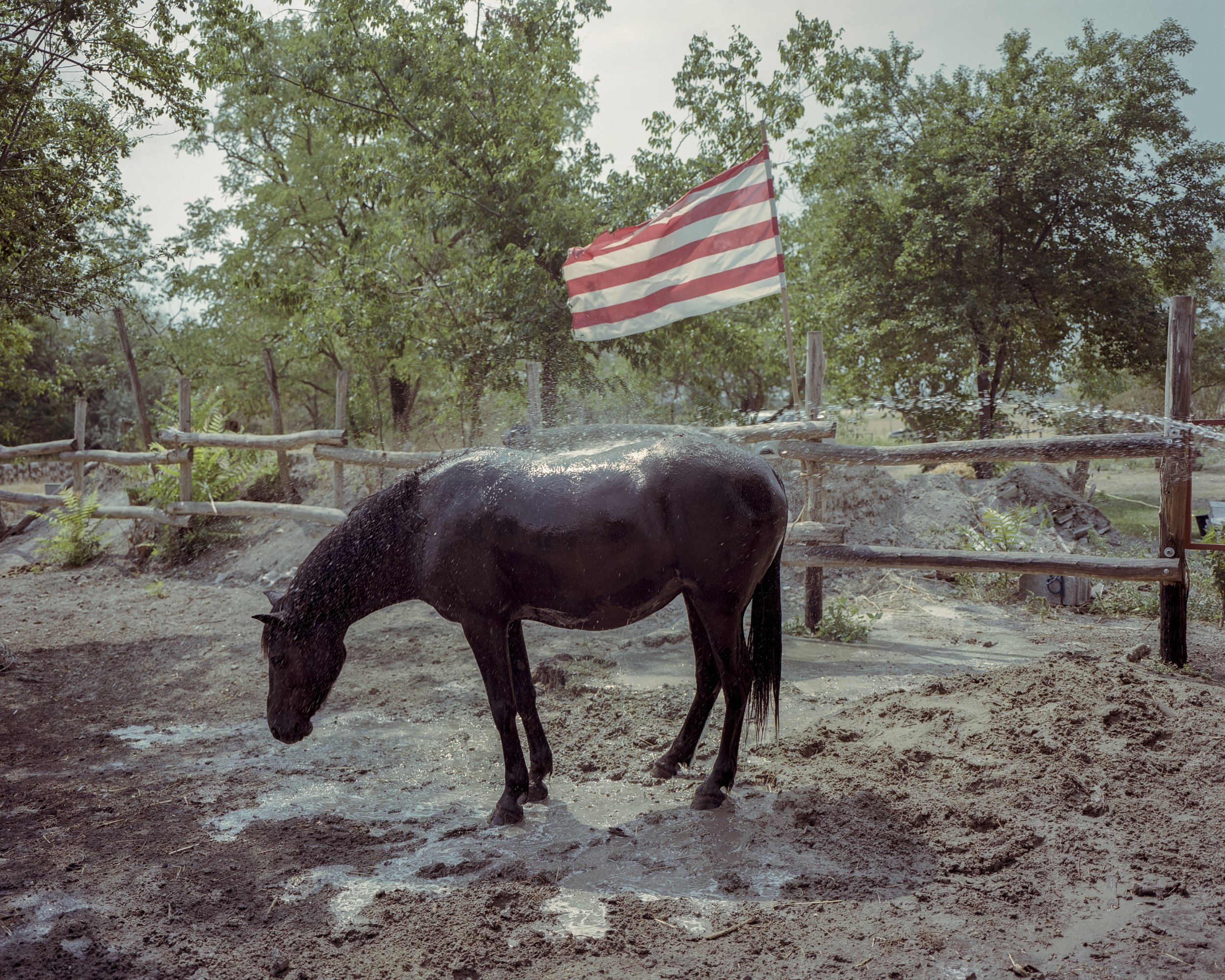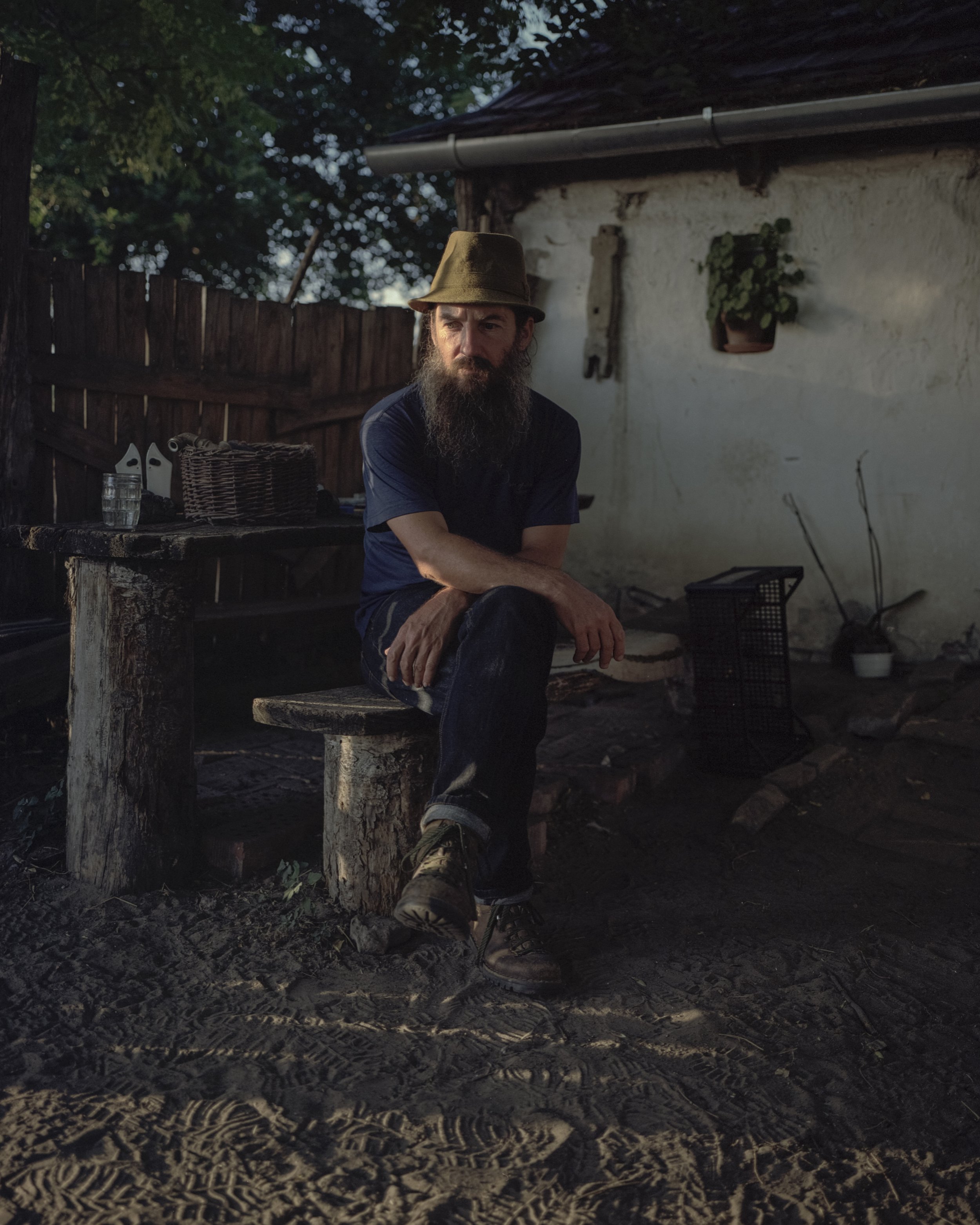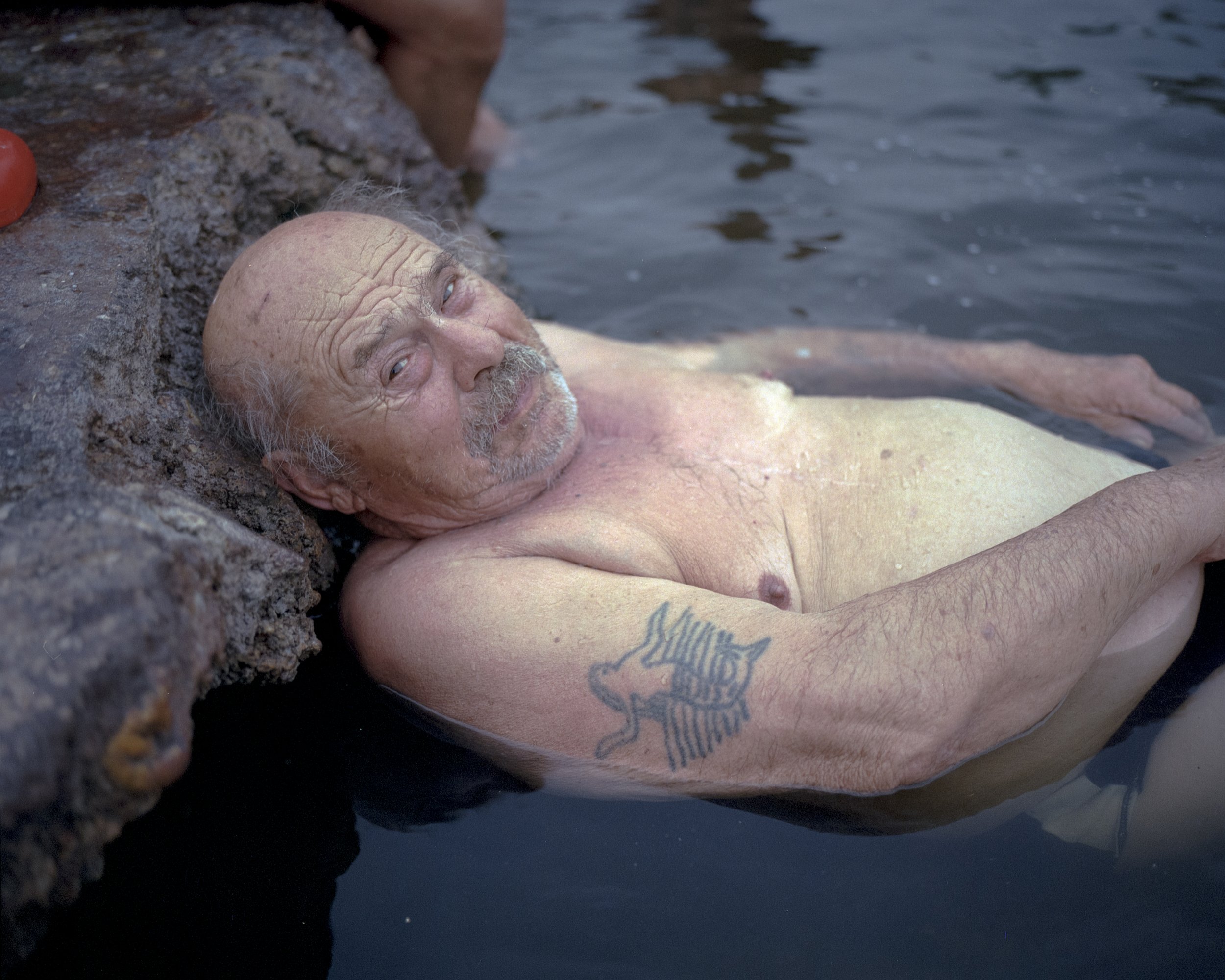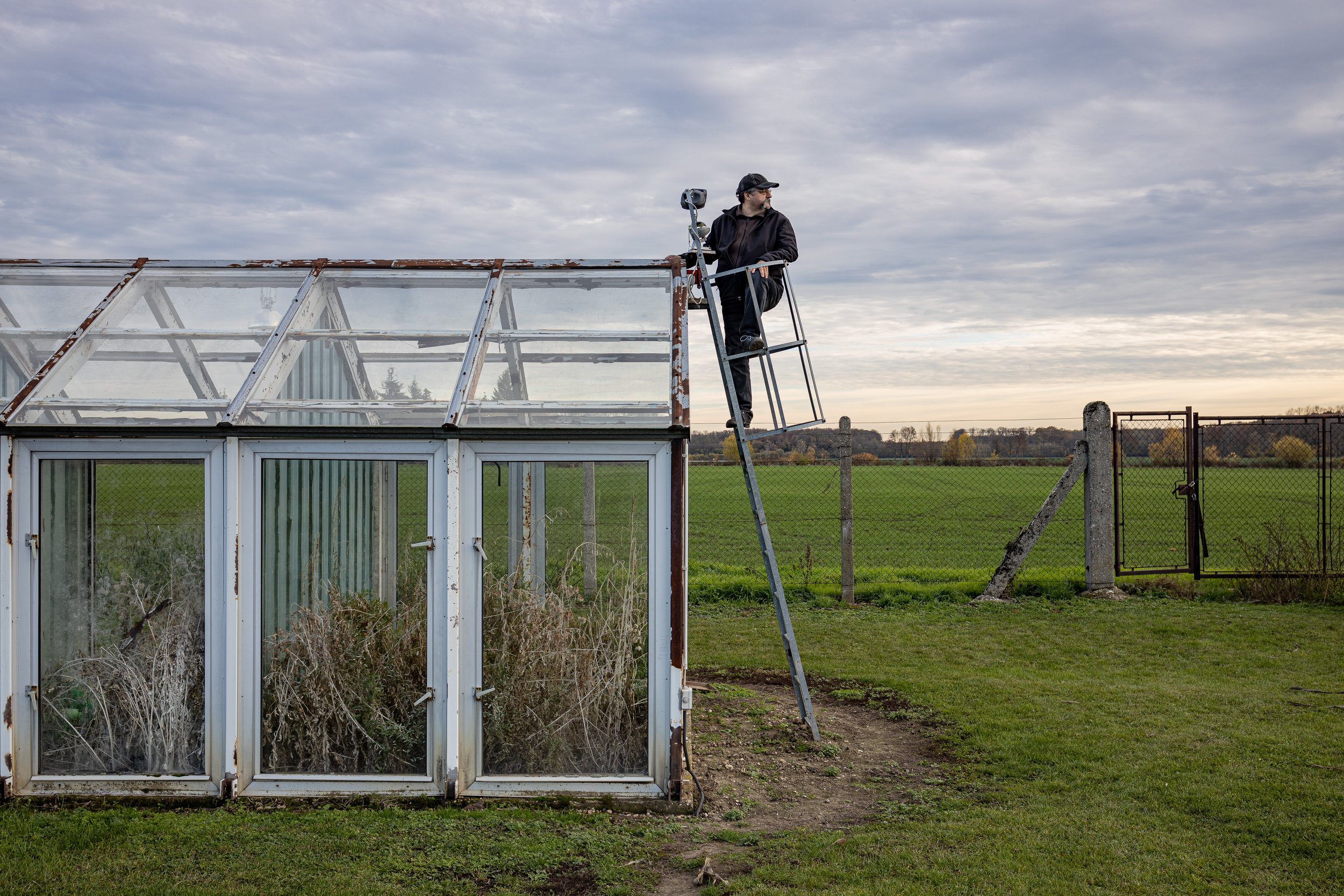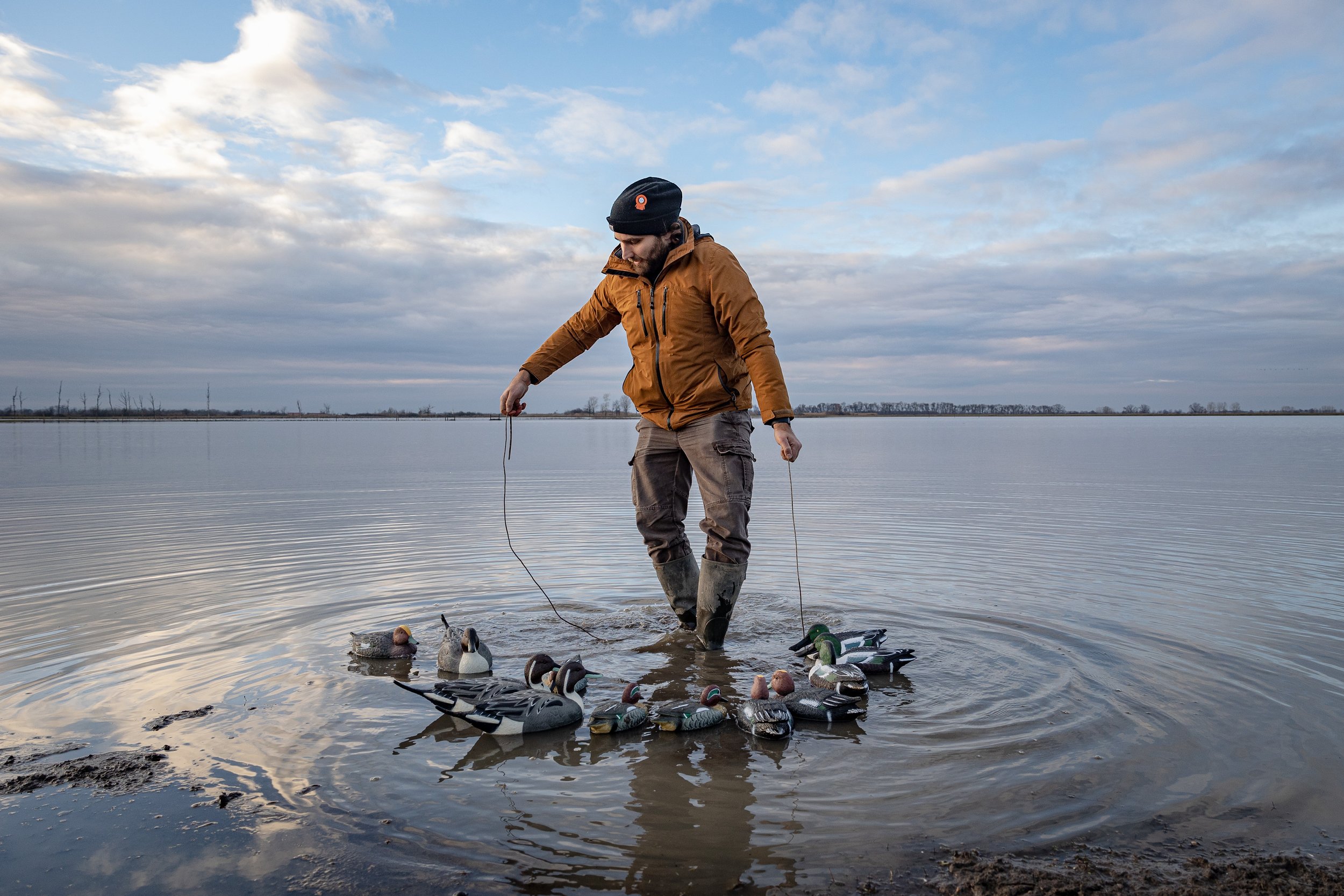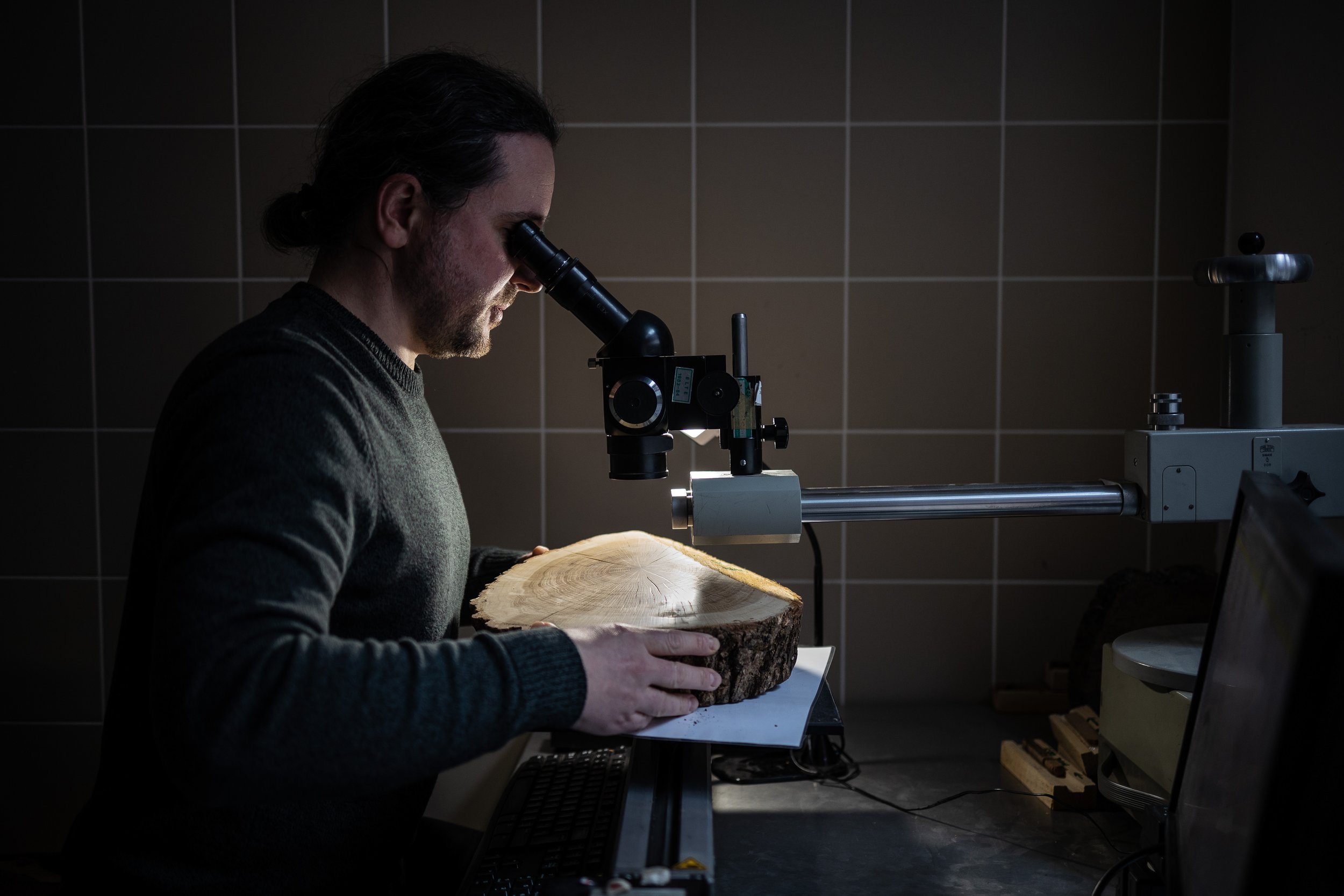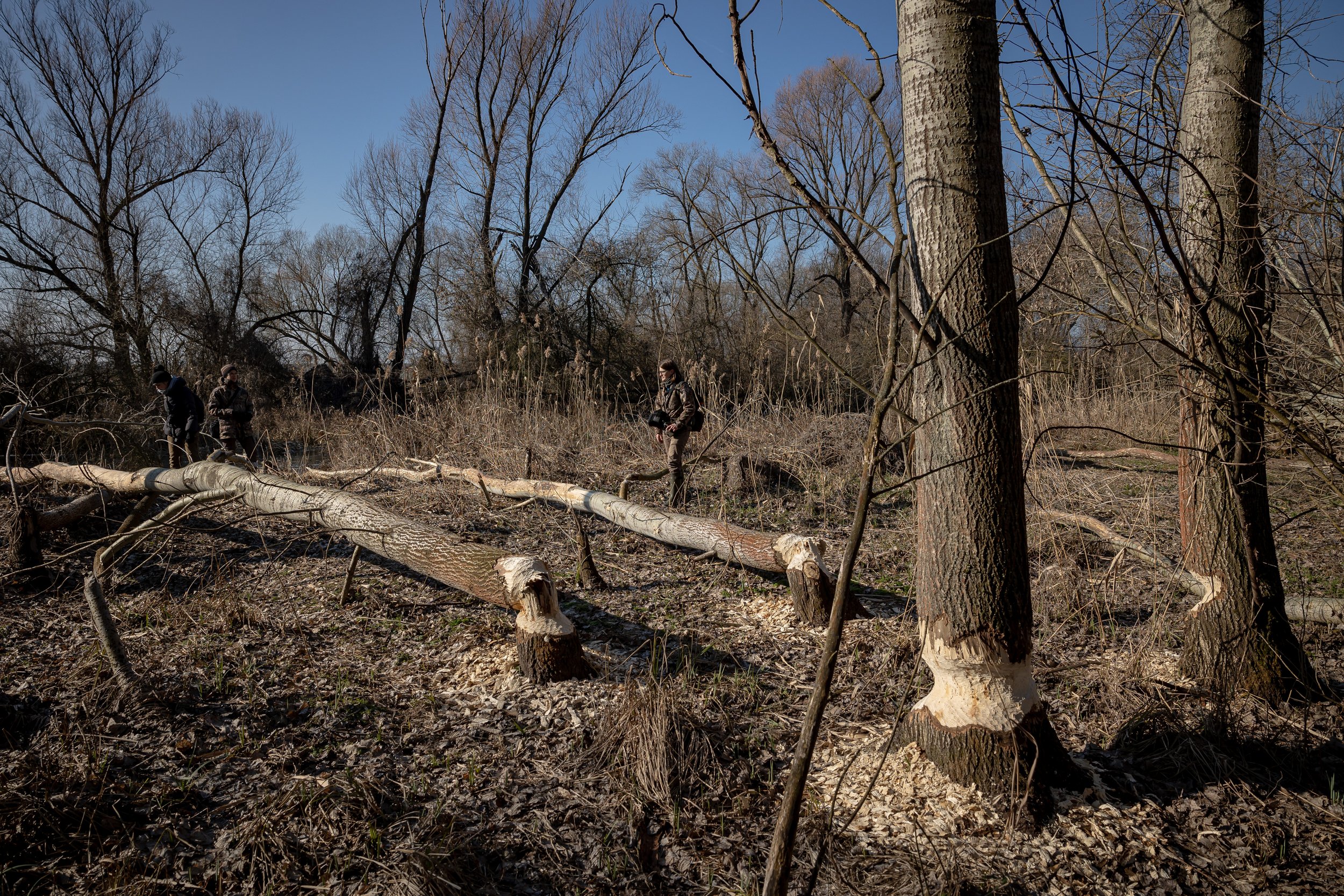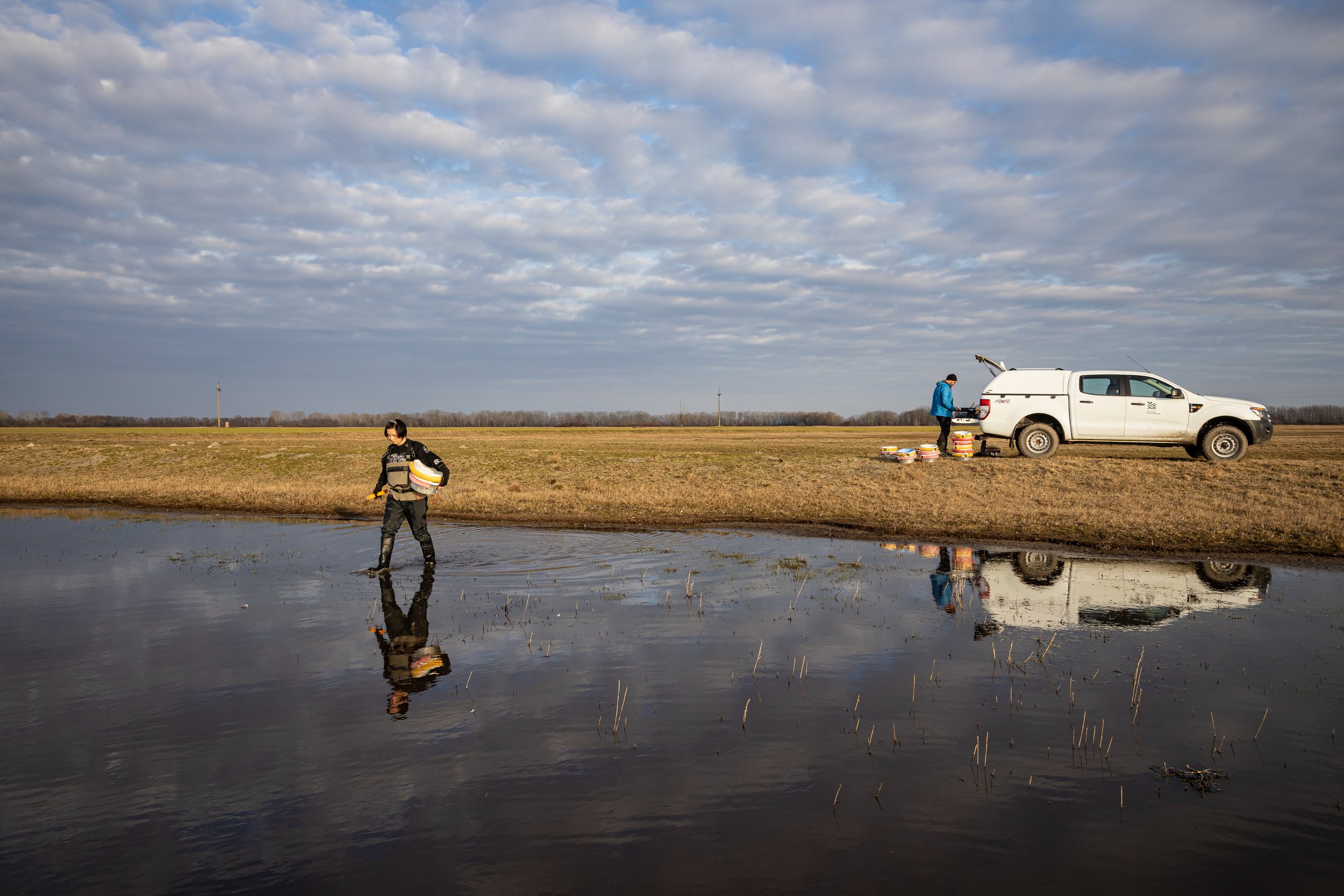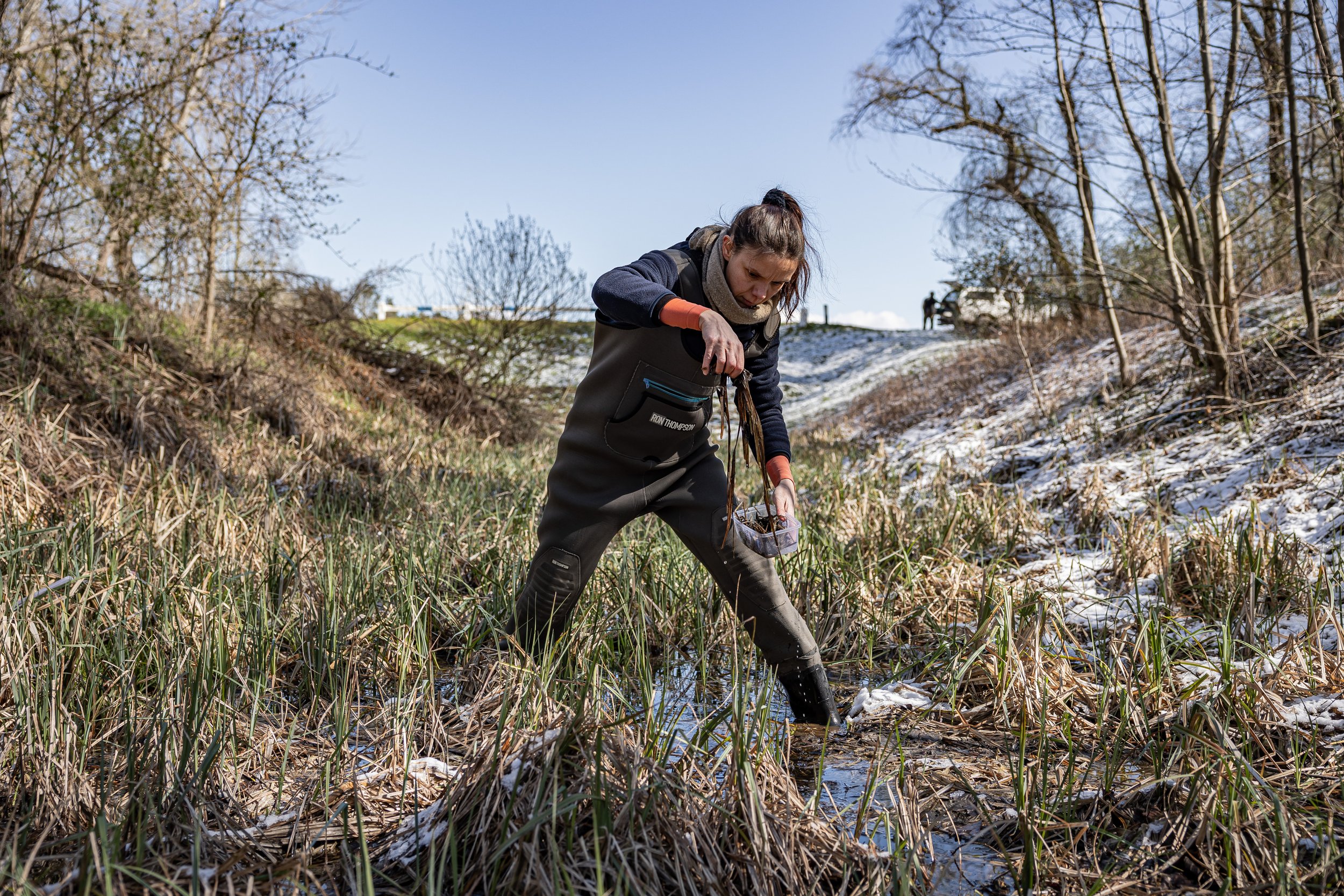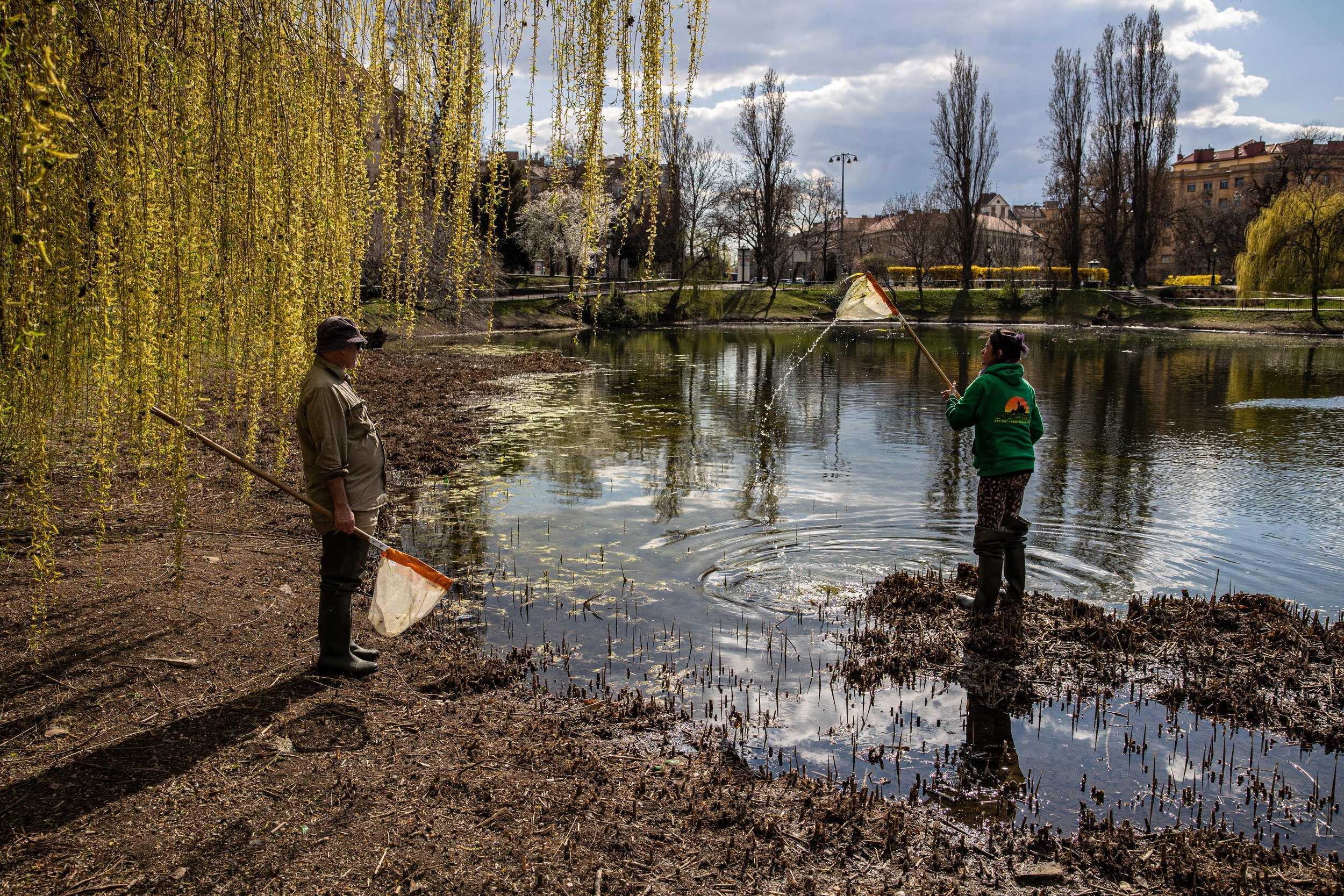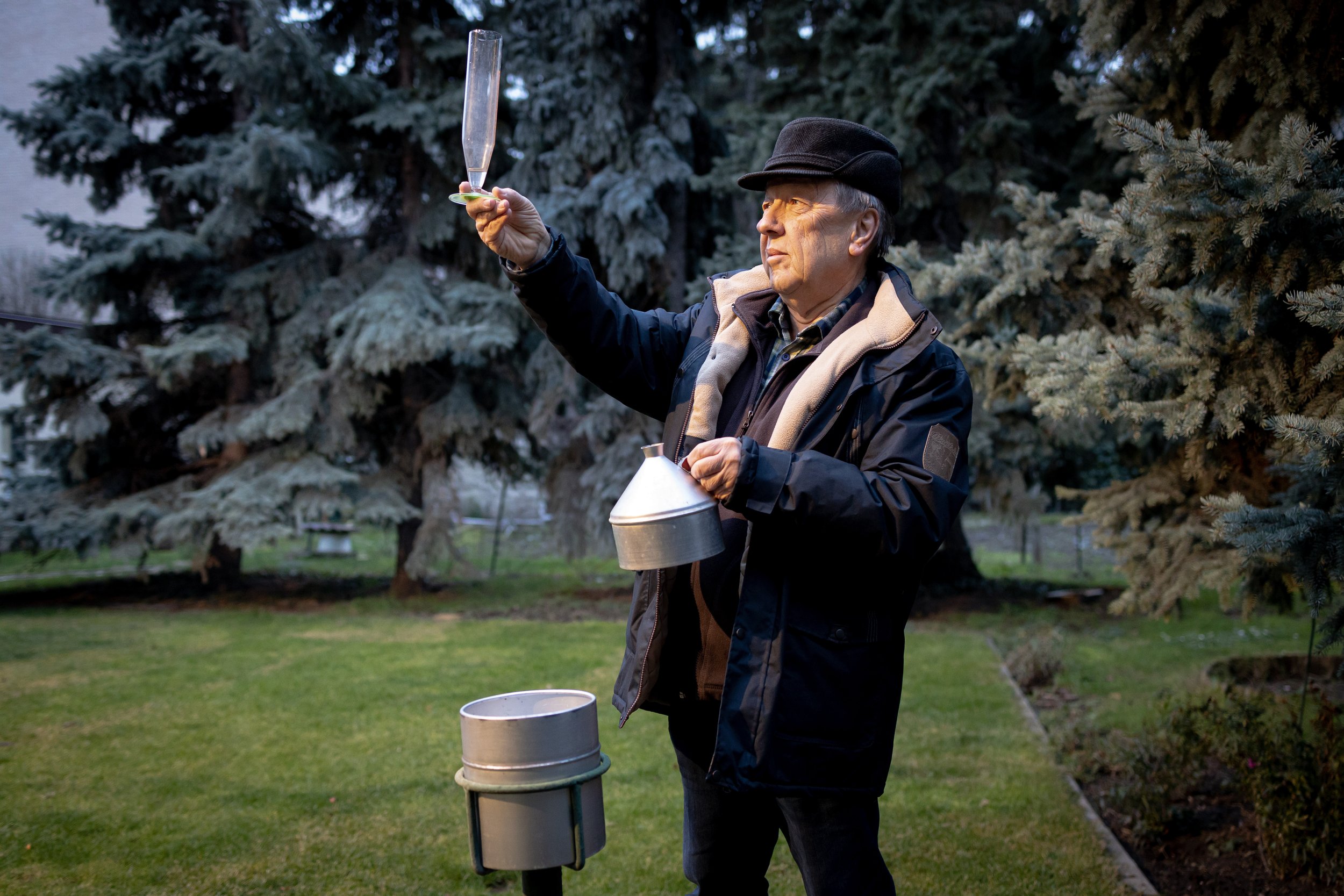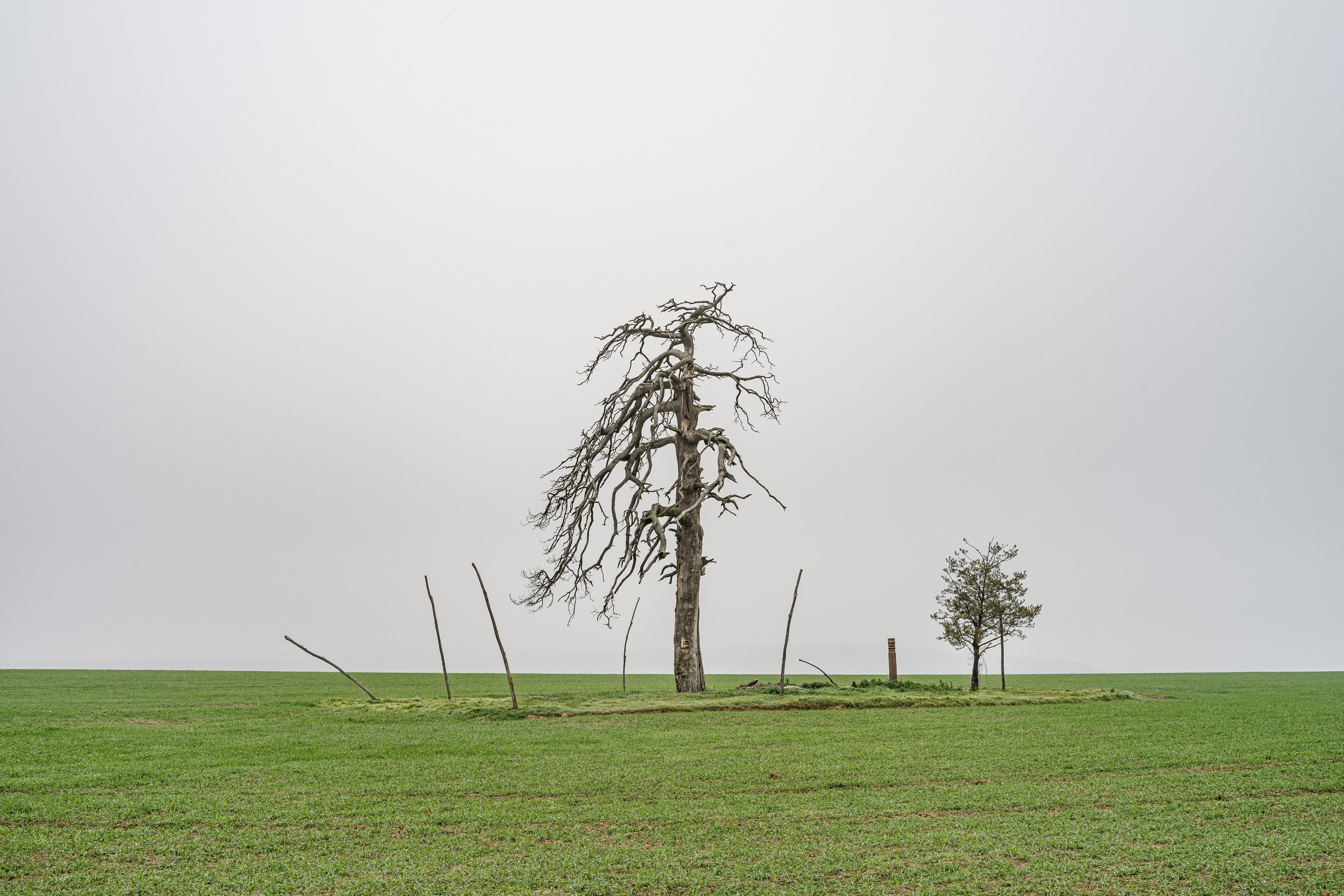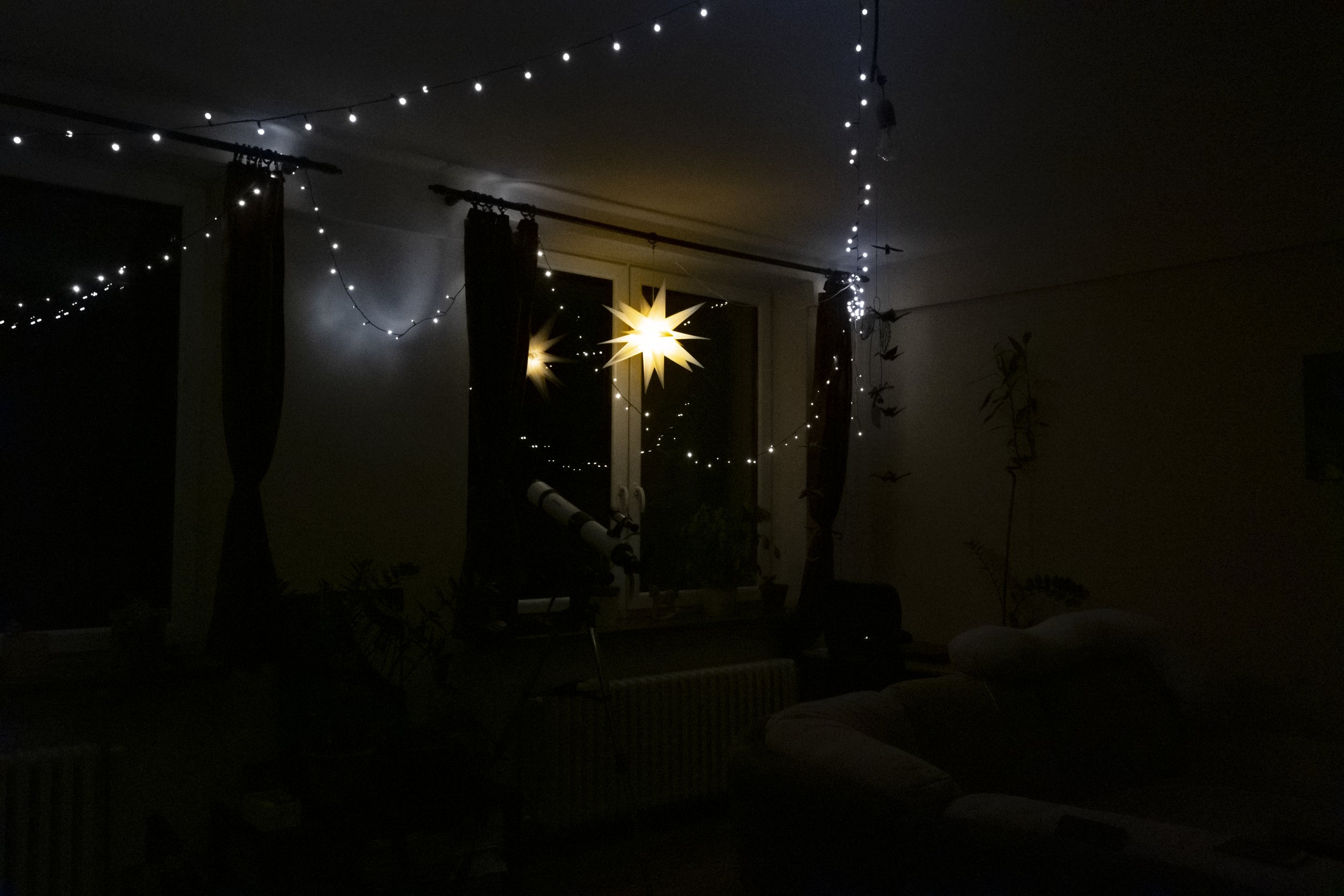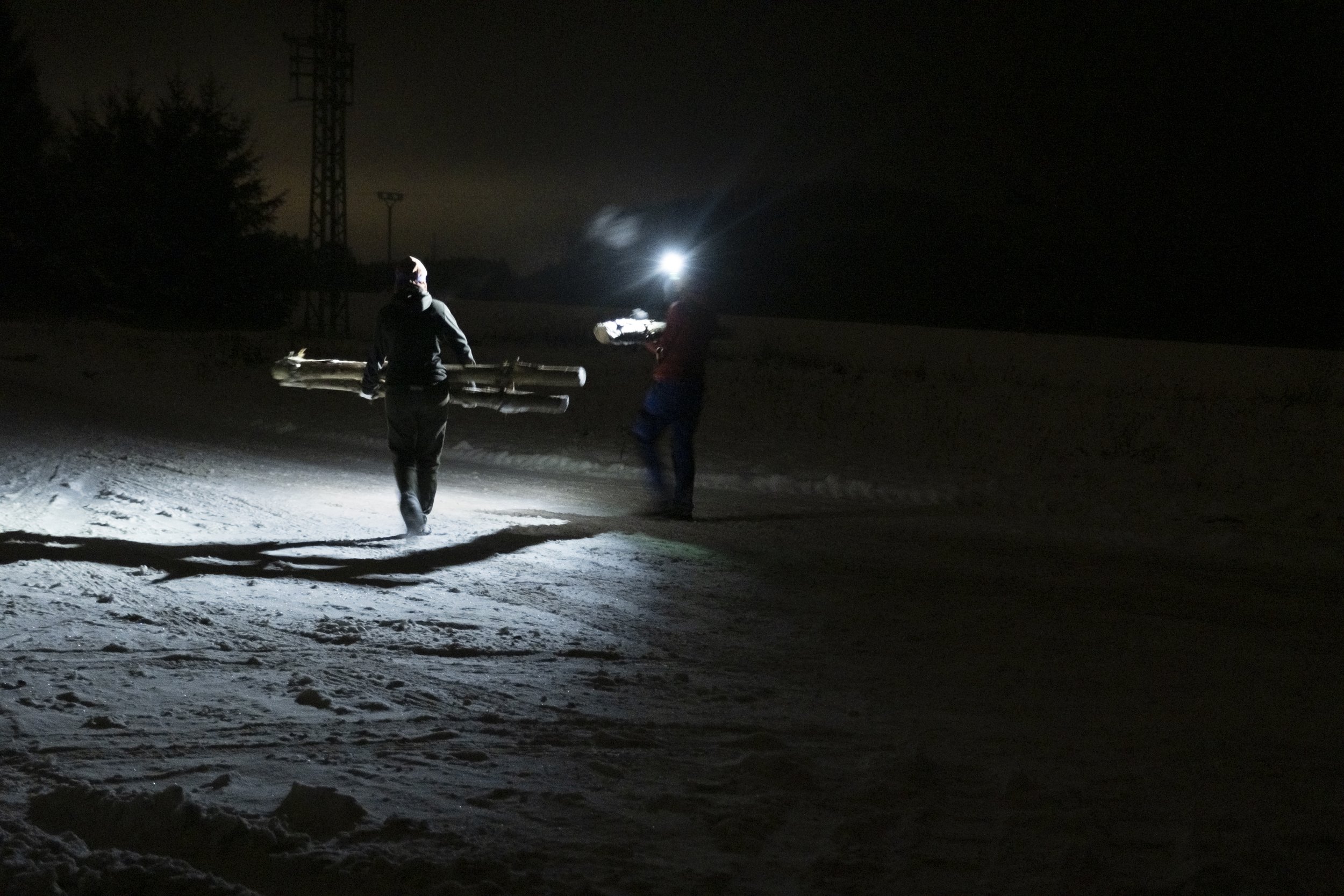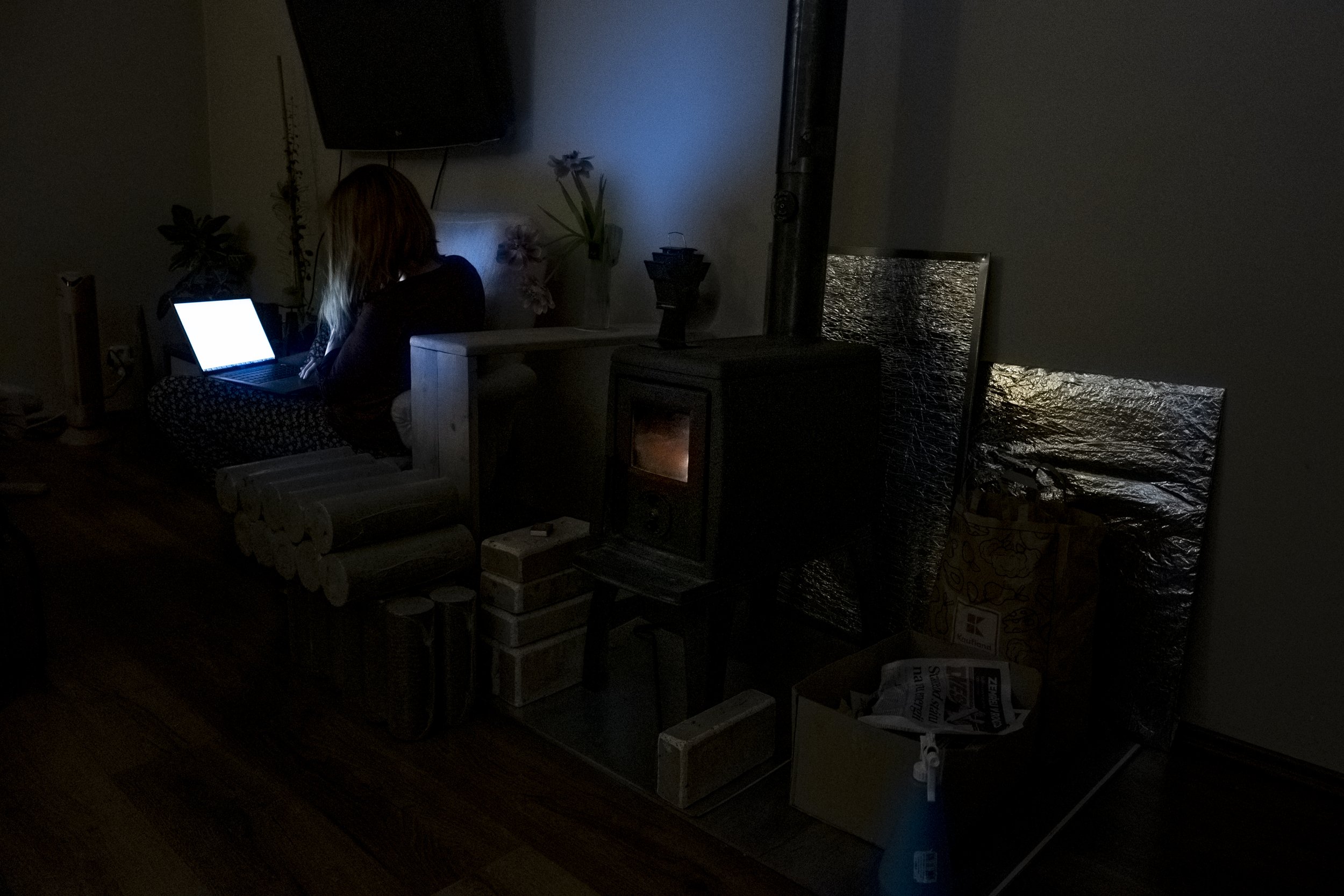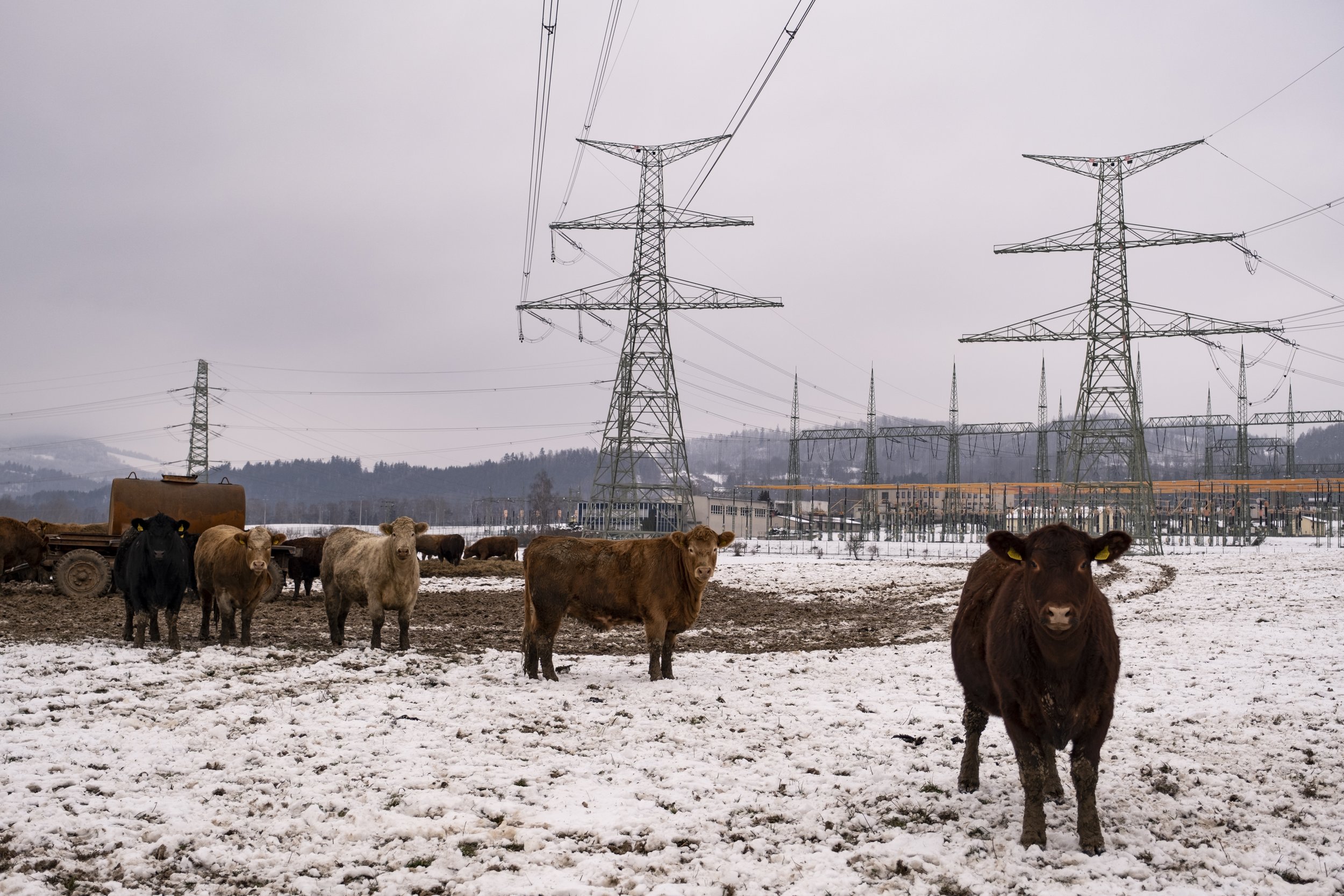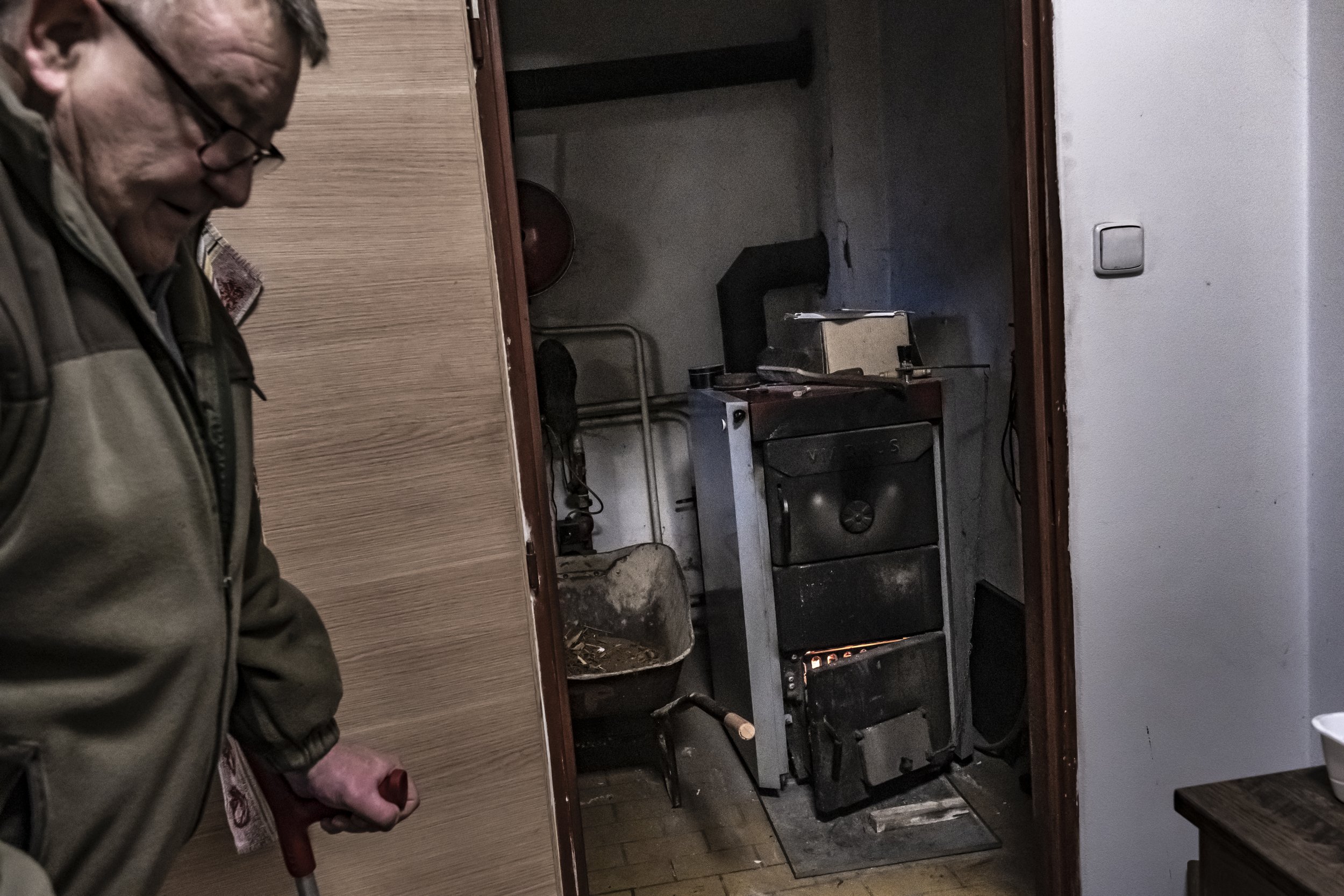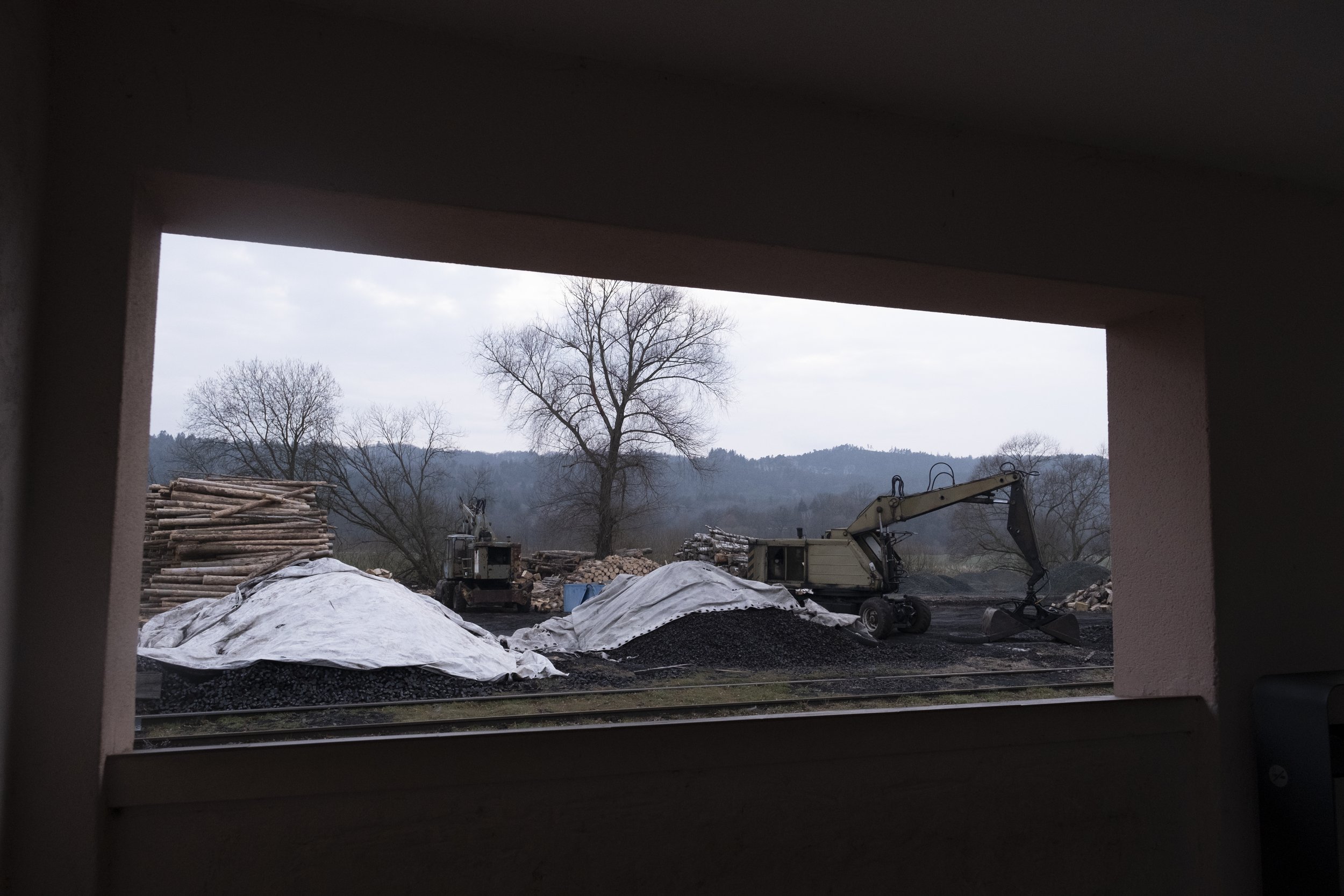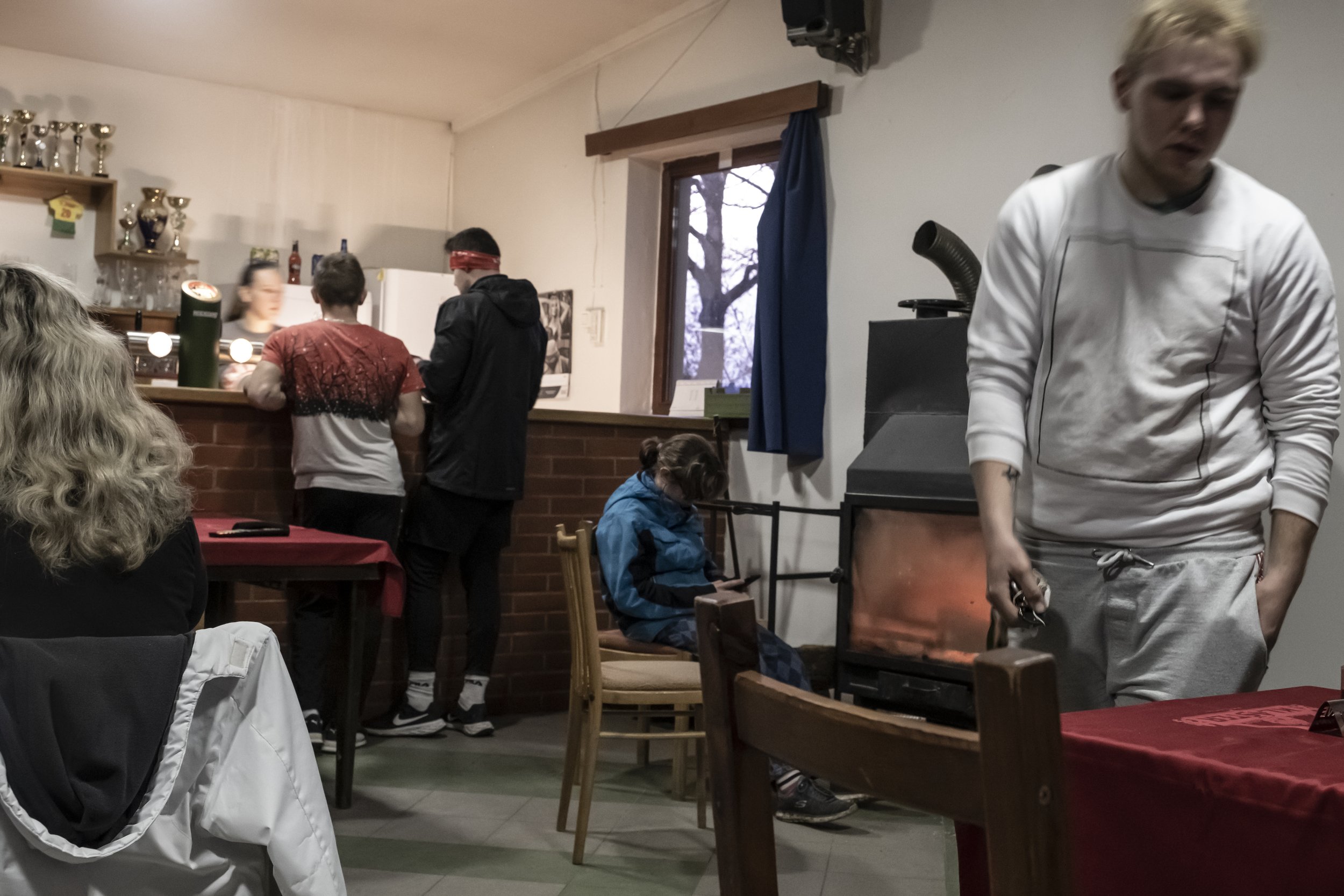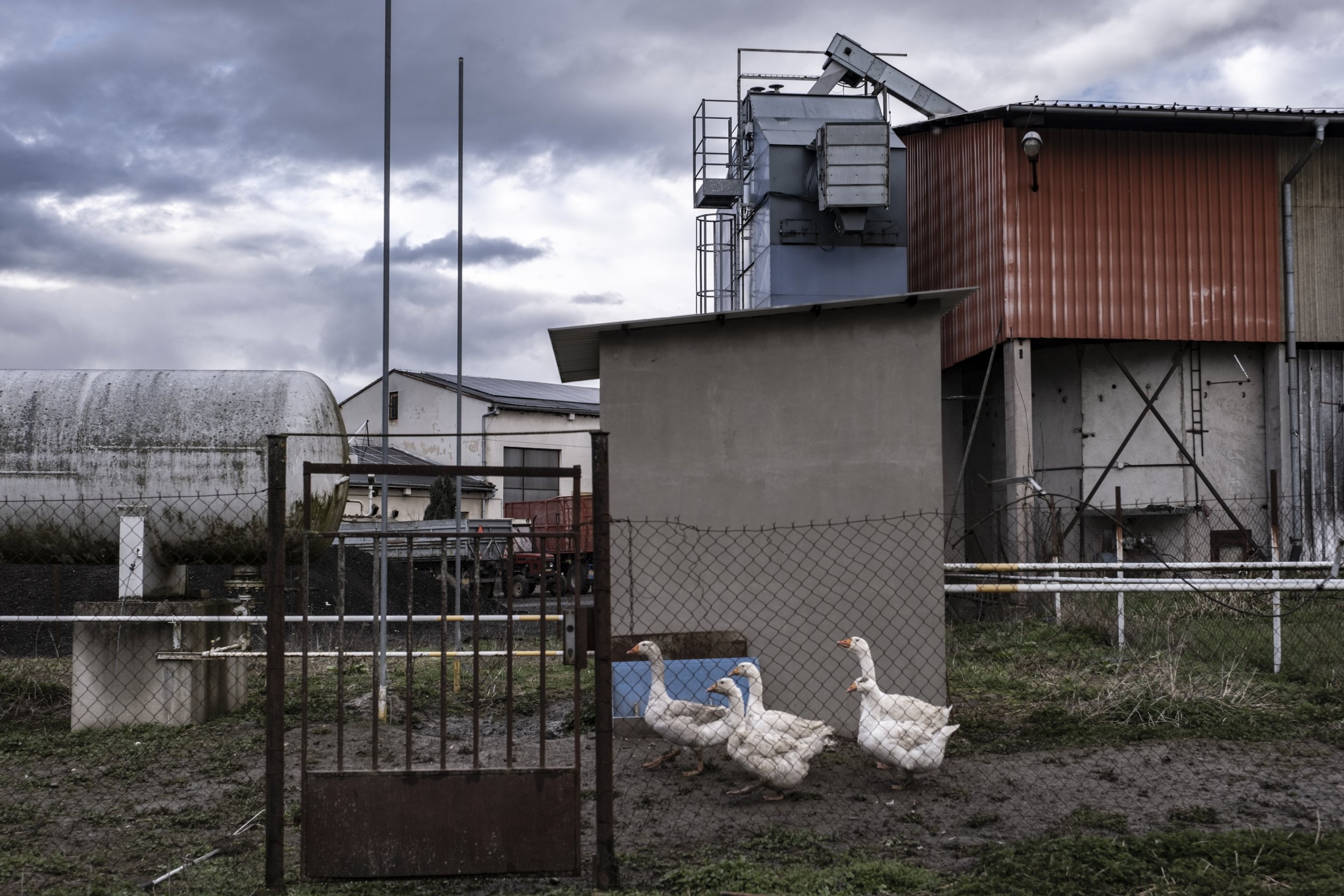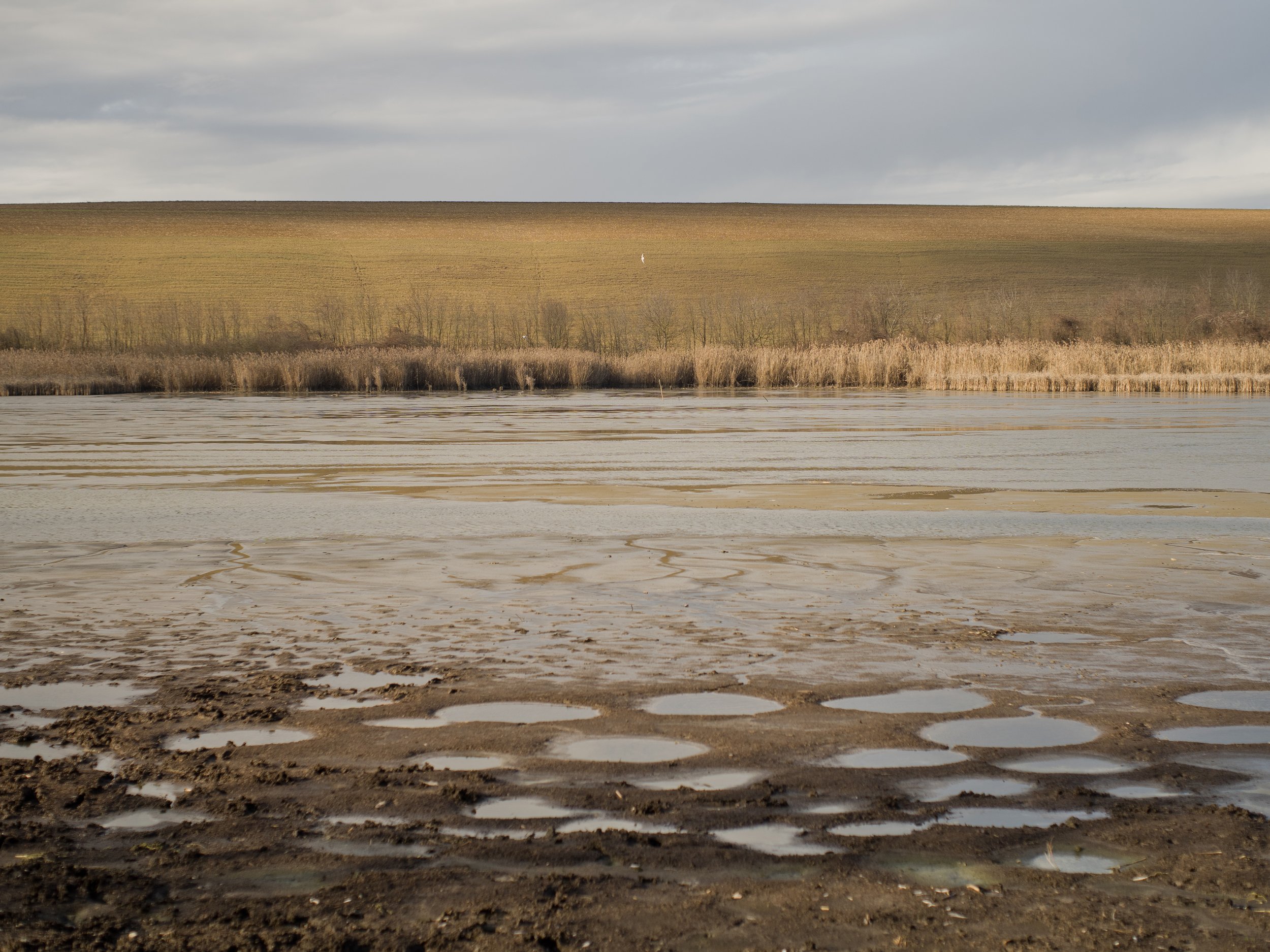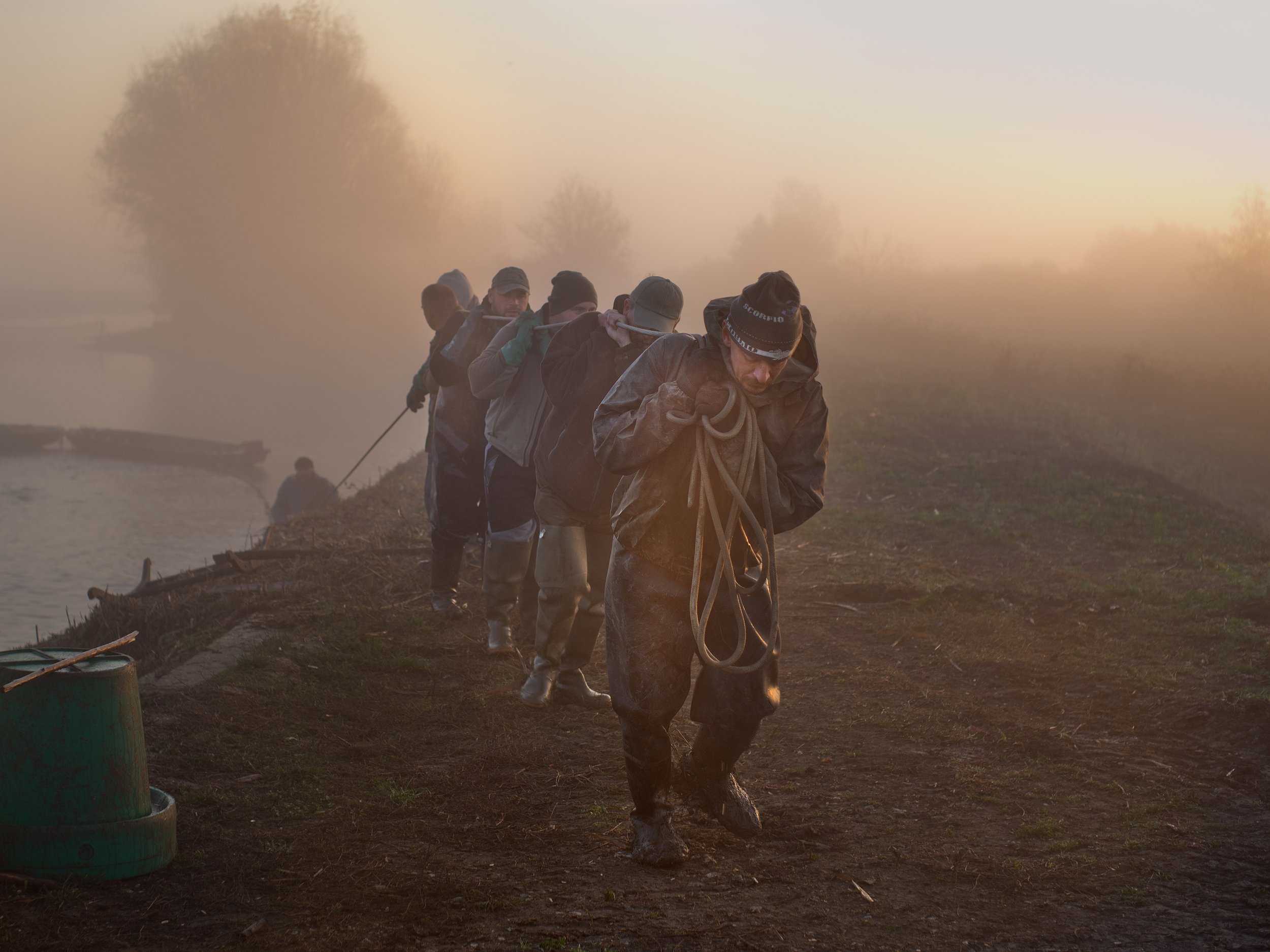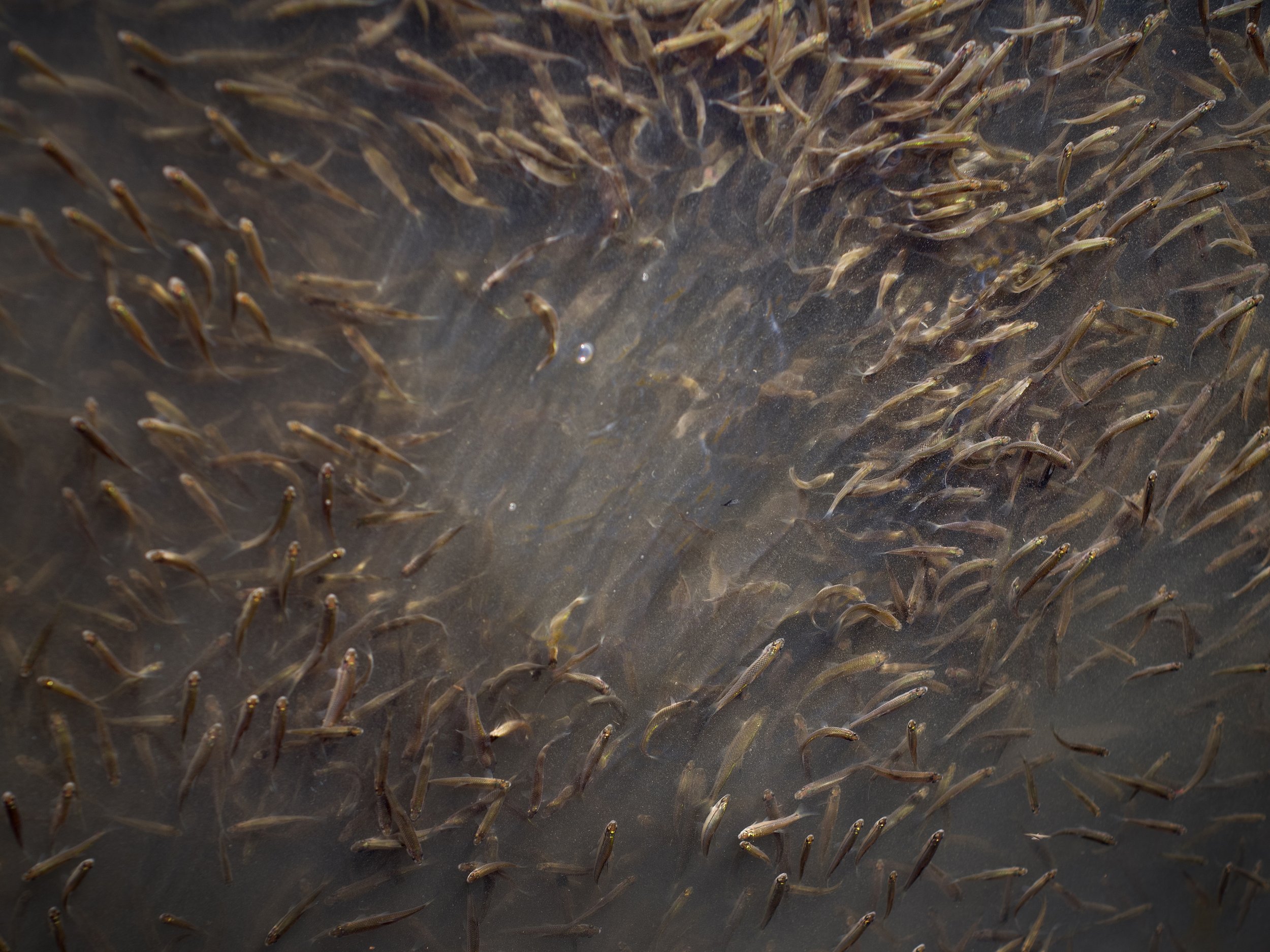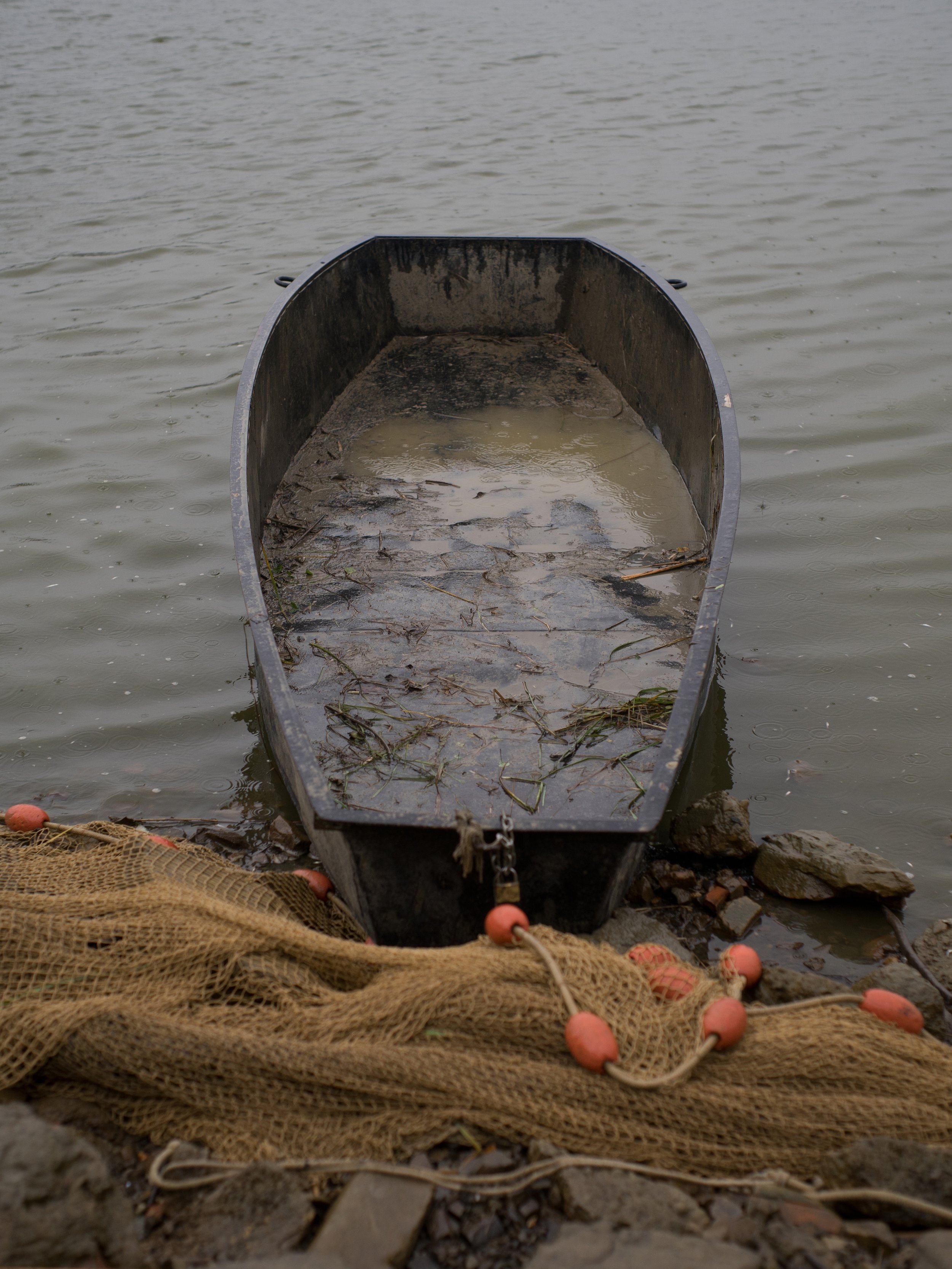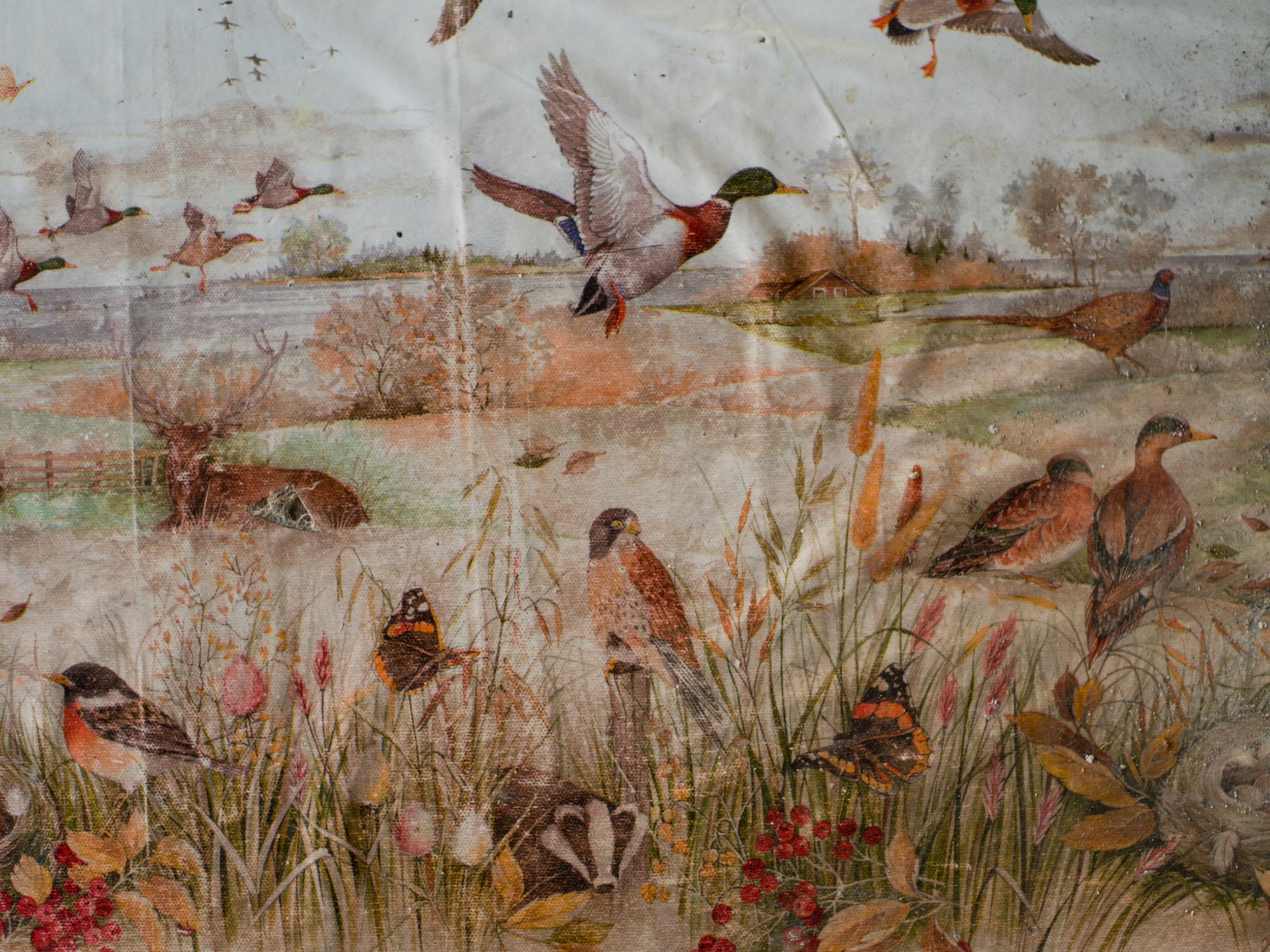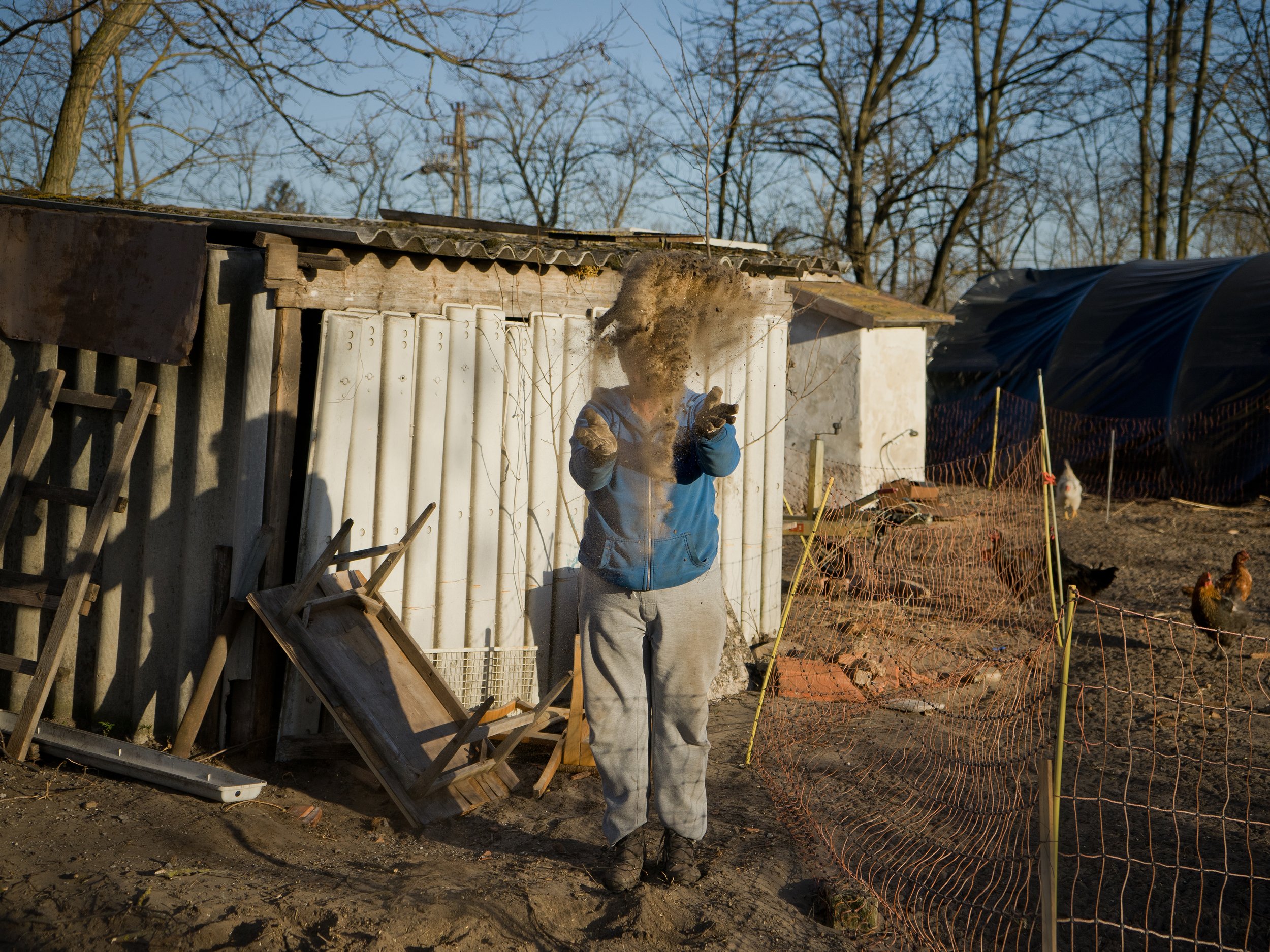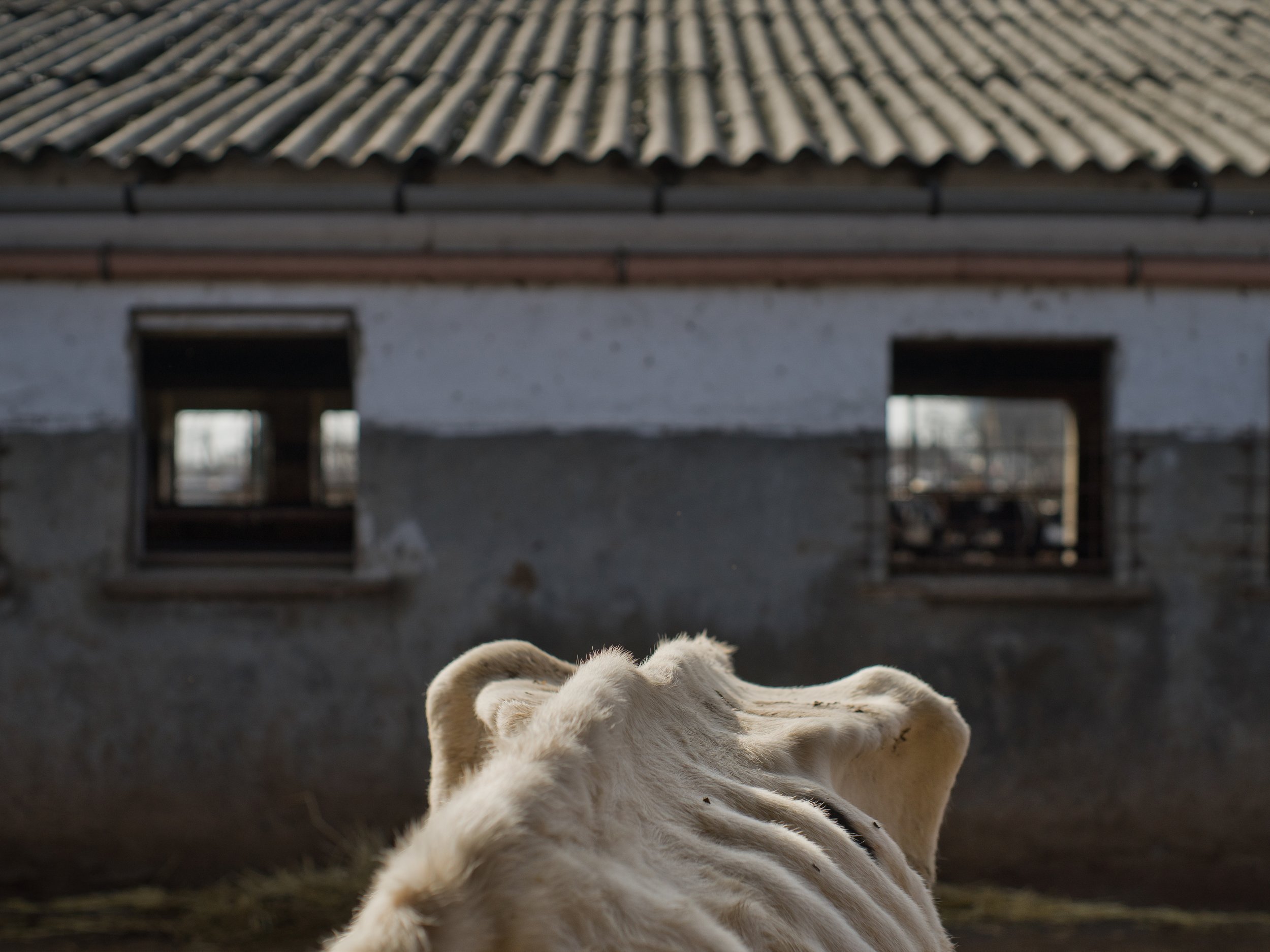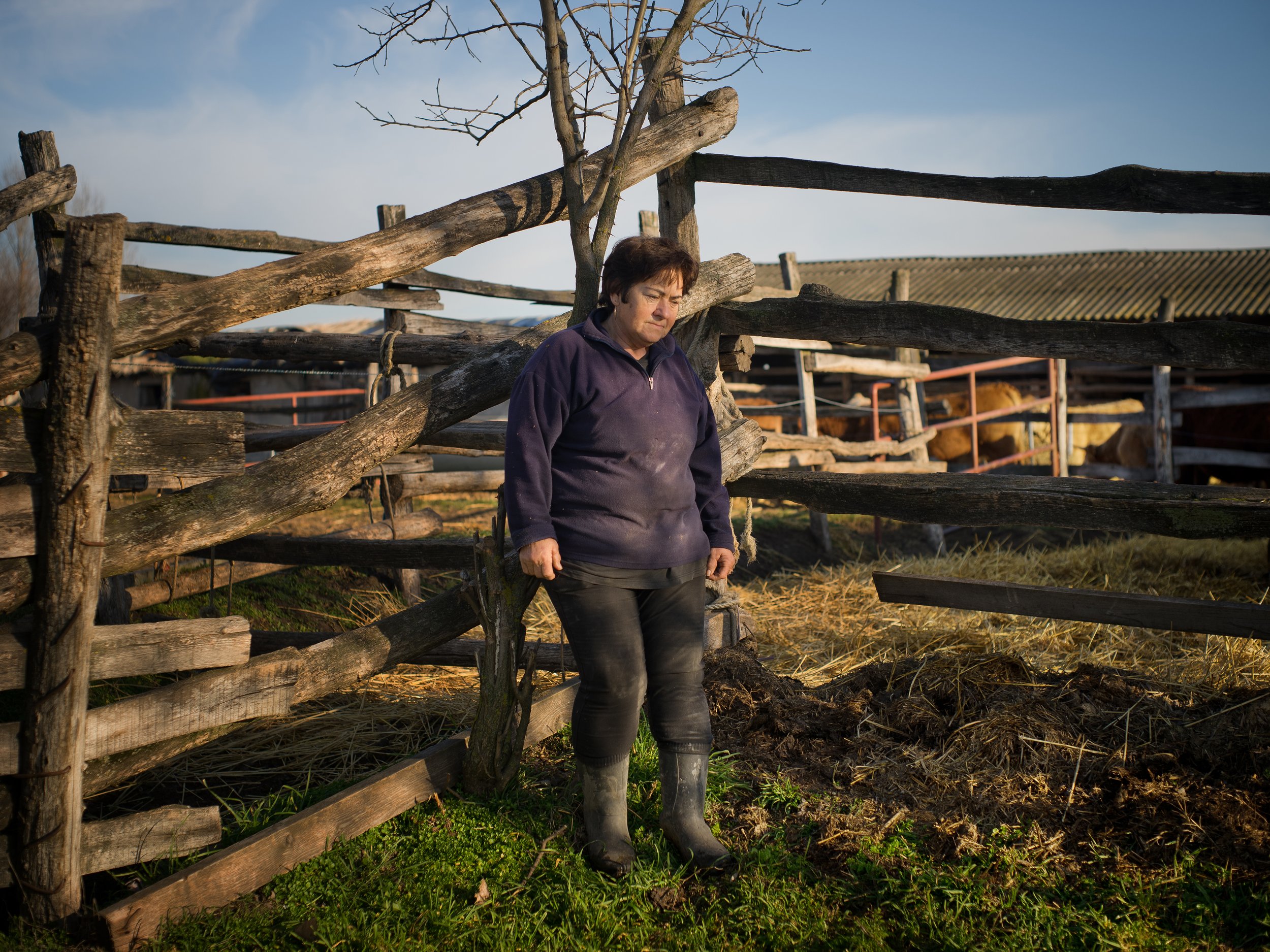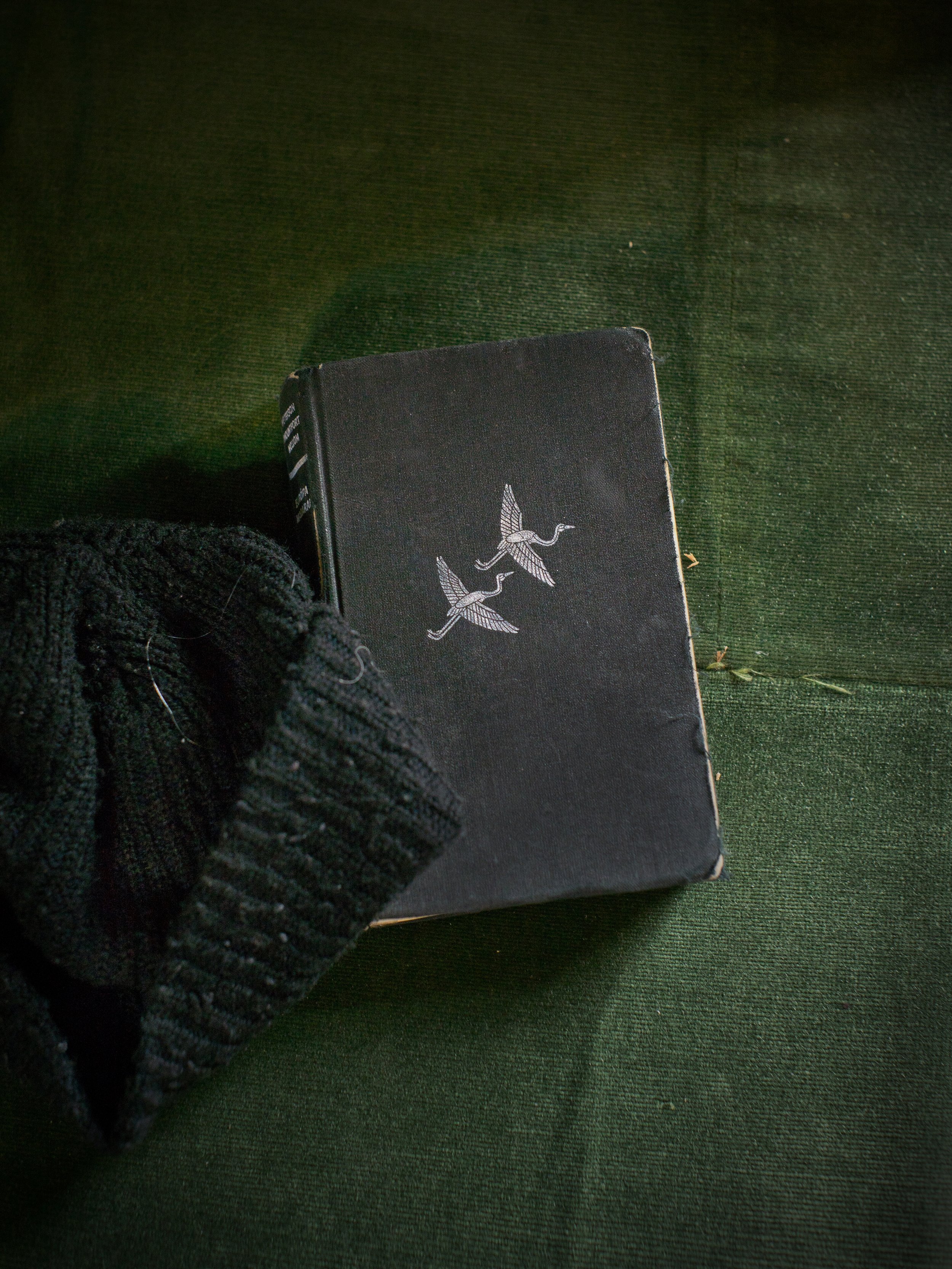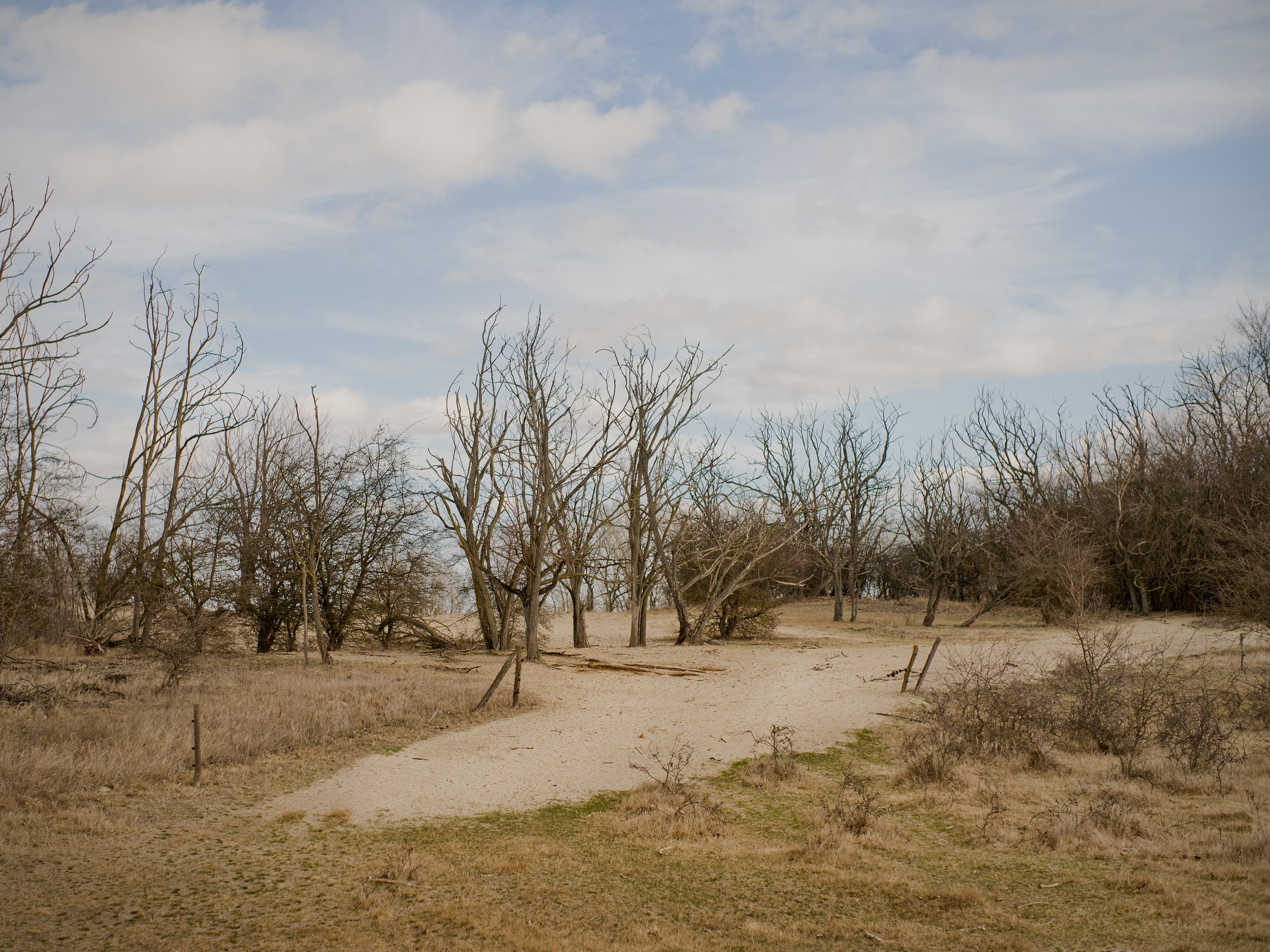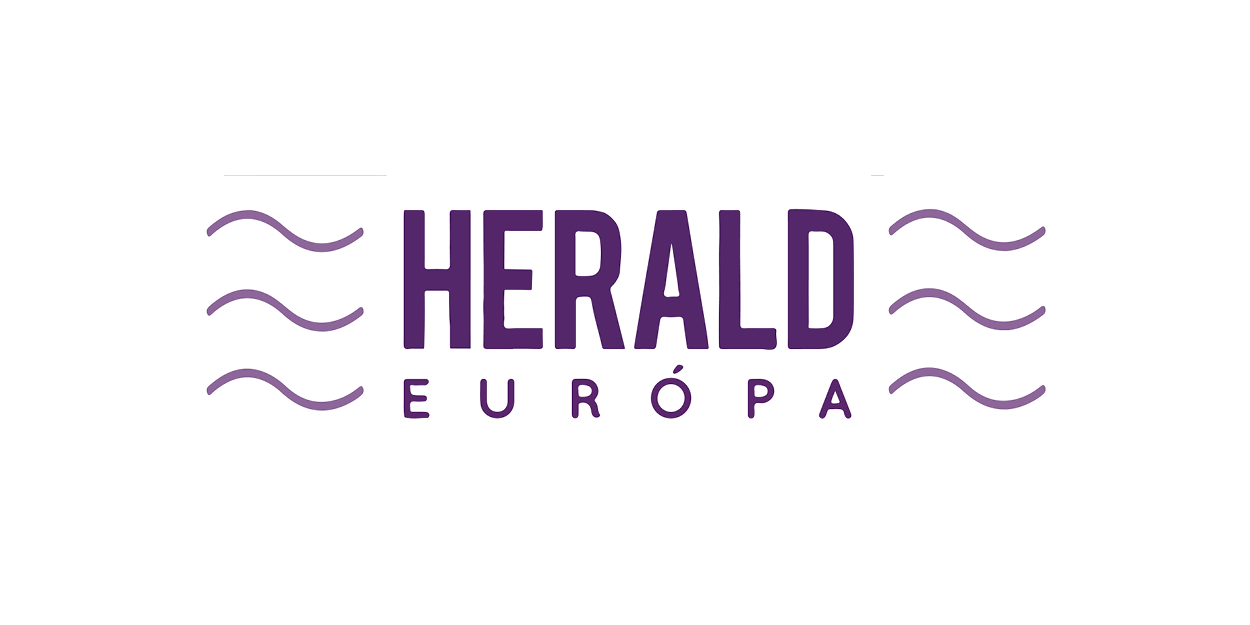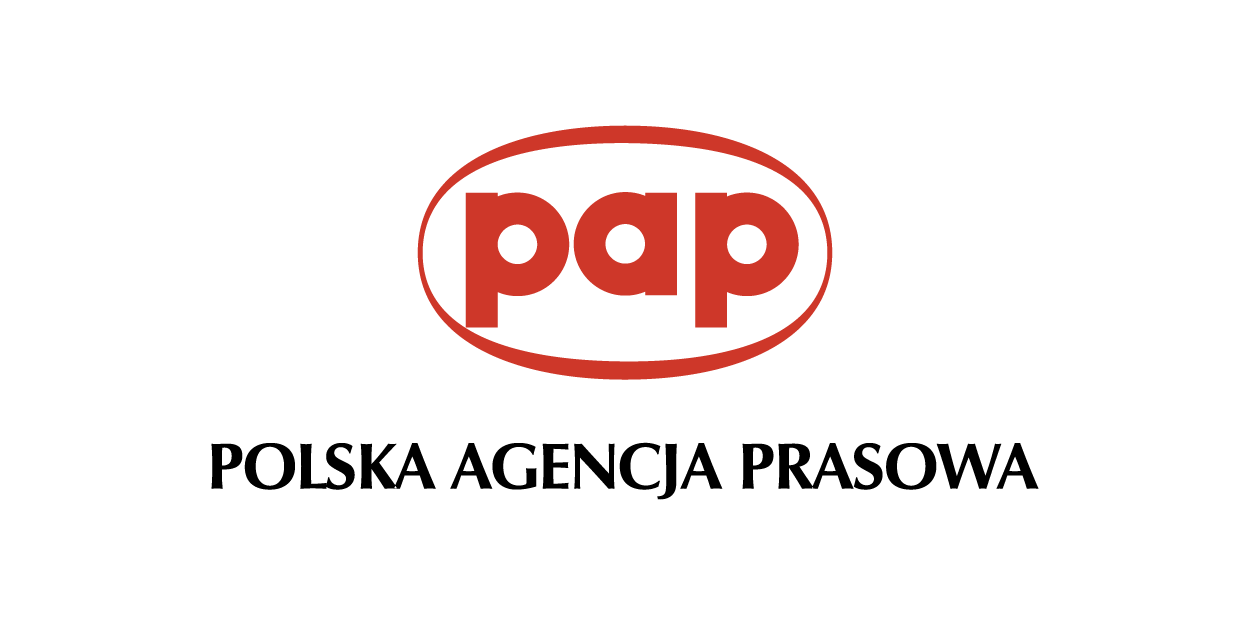Visualising Climate Crisis
Slovakia, Hungary, Czech Republic, Poland
A visual storytelling mentoring programme and exhibition by the NOOR Foundation and Slovak Press Photo Foundation featuring works by:
Jana Hunterová, Tomek Stabinski, Diana Takacsova, Zsolt Balázs, Rafal Siderski, András Zoltai, Judit Ruprech, Tomáš Hrivňák, Kinga Wrona, Tomas Predajna, Márton Kállai
The programme and the exhibition were made possible by the embassies of the Kingdom of The Netherlands in Slovakia, Hungary, Czech Republic, Poland and by a grant of the Visegrad Fund, and realised in local partnerships with Czech Photo, Polish Press Agency and Herald Europe.
The climate crisis is the greatest challenge humanity has ever faced. A delicate balance has been tipped over, unleashing a series of chain consequences the scale of which we are yet to grasp. As we witness the intensification of the crisis, we must come to terms with the fact that the complexity of the matter underscores a very simple fact: change is the only way forward. Acceptance, adaptation and mitigation are our only chances to thrive in an uncertain future.
For aeons humans have relied on storytelling as a way to share knowledge, overcome the unknown and pass on wisdom from one generation to the next. Being a carrier of collective memory, storytelling holds the very key to the future. We believe that images hold immense power, capable of creating impact like no other communication tool. Visual storytellers hold the potential to make a critical difference in our understanding of the climate crisis, functioning as a bridge between complex science, political strategies, economic interests and citizens.
For these reasons the Kingdom of The Netherlands, NOOR Foundation, the Slovak Press Photo Foundation, the Czech Photo, PAP.pl, and the Herald Europe joined forces to create a dedicated space wherein authors from Central Europe (Czech Republic, Hungary, Poland and Slovakia) could come together to work, share and learn from one another.
Jozef Halasz checks plants at the biggest Slovak green roof carpet farm in the village of Veľké Úľany. © Tomáš Hrivňák / NOOR
Poland, Kraków, 26.02.2023 The ski centre close to Krakow usually visited by kids during winter holidays. © Kinga Wrona / NOOR
CZ, Vysocina Region, 25.12.2022, © Tomas Predajna / NOOR
Hungary, Szegvár, 23 February 2023 Miklós, the cow farm manager, poses in the empty cow shed. © Zsolt Balázs / NOOR
Guided by award-winning visual storytellers Kadir van Lohuizen (The Netherlands) and Esther Horvath (Hungary), the eleven authors worked on stories close to home in Central Europe, where we often are unable to see as mainstream media feeds us news from faraway places, so distant from us that the magnitude of the catastrophes become mere abstract notions. Reality however, paints a very different picture: the climate crisis is here, right at our front door, and with it entire ecosystems mutate, migrate, go extinct and the chain of life they support changes irrevocably, often driven to the brink of collapse.
The authors take us on a journey of discovery: from the restoration of the wetlands of the Danube, one of the richest ecosystems in Europe, to the forests of Czech Republic, ravaged by bark beetles in recent years due to lack of rain and elevated temperatures, compelling us to reflect on the importance of healthy forests. We examine the consequences of the most intense drought in more than a hundred years in Hungary, while learning the stories of the scientists whose experiments help us understand how climate change affects our lives, amongst many other untold stories. The wide-ranging narrative threads of this exhibition are woven together into a tapestry of human experiences curated for us to see, to learn from and to act on.
If we are to stand a chance we are to realise that the magnitude of this unprecedented crisis requires us to come together and act now. We hereby share with you eleven stories, eleven seeds of change, and invite you to water these seeds, to share, care and grow together into something larger and more powerful than the sum of us.
The Visualising Climate Crisis exhibition will be on show at Vajanského Nábrežie in Bratislava between June 15 and July 30, 2023. Afterwards, the exhibition will travel to Hungary, Czech Republic and Poland.
The exhibition is organised with the support of the Embassies of the Kingdom of the Netherlands in Slovakia, the Czech Republic, Hungary and Poland.
The exhibition was organised thanks to the financial support of the Visegrad Fund.
Like a flowing path
by Diana Takacsova, SK
Wetlands are a critical part of our environment, and a vital ecosystem in climate change mitigation. They are some of the most effective carbon sinks of the planet that also regulate temperature, reduce soil erosion, purify water, and help with flood alleviation. When their area and quality decreases, the consequences are profound.
Over the past decades, Slovakia’s wetlands have been thoroughly marked by human impact. Such is the case of the Dunajske Luhy protected landscape area, located on the left bank of the Danube River, spanning from the hinterland of Bratislava to the Velky Lel Island where water access was disrupted by water regulations and by the construction of the Gabcikovo hydropower plant which commenced in 1977 - and entered commercial operation in 1992. Despite these dramatic changes, the Danube inland delta is still one of the largest wetland areas remaining in Central Europe.
This project looks at two locations where, throughout the past years, the BROZ Regional Association for Nature Conservation and Sustainable Development non-profit organisation has focused on restoring these highly biodiverse areas. Examining the effects of barrier and sediment removal and the return of the historical human-nature coexistence at the Velky Lel Island, and the revival of the nearly dried out Istragov wetland through geospatial planning, reconnecting the previously existing arms by digging grounded canals - and by coordinating a yearly simulated flooding, it is a testimony of the transformative power of one element: water.
Diana Takacsova is a research-driven photographer whose work revolves around questions of identity, movement, and the human relationship to nature, and environment. She is a National Geographic Society grantee, a member of Women Photograph, and a Slovak Press Photo award recipient (2016) and nominee (2018). Diana is currently based between Belgium and Slovakia - but works globally.
Diana takacsova
Instagram: @diatakacsova
Blue Memoir
by Andras Zoltai, HU
Blue memoir
by Andras Zoltai, HU
Hungary is considered a water superpower, with water resources unique both in quantity and quality in the Carpathian Basin. On the other hand, Hungary has been experiencing unprecedented droughts, extreme weather events, aridity and water scarcity in recent years. The question emerges: how is it possible that in Hungary there is a lot of water and not enough at the same time?
Over the last 200 years our meandering rivers have been intensively regulated. Wetlands have been drained at the altar of industrialisation and intensive agriculture. Natural floodplains of rivers were replaced by arable lands and a network of canals to irrigate these areas, cutting people off from water, and drying up the country in a few decades. Isolation from water is a consequence of short-sighted water management, which caused a systemic crisis between the fundamental functioning of nature and industrial reality. This narrative explores the possibility that climate change is just part of the problem. By properly managing our water resources, we could alleviate the effects of climate change and achieve inclusion and water equity.
We take our relationship with water for granted, but to what extent are we vulnerable to the changes that are taking place around us?
András Zoltai
https://zoltaiandras.com/ Instagram: @andras.zoltai
András Zoltai was born in southeast Hungary [1990]. He is a freelance documentary photographer currently based in Budapest. He graduated in Marketing at Budapest Business University. After he studied Photojournalism at the Academy of National Association of Hungarian Journalists. His curiosity, travels and openness laid the foundation for his world of photography. He seeks to get personally involved in his subjects. He focuses on human identity, social and environmental topics, and strongly believes in interpreting his own human experience through photography. He is the second time recipient of the József Pécsi Photography Grant and talent of FUTURES platform.
The nightfall of czech forests
by Tomas Predajna, SK
In the Czech Republic, during the reign of Maria Theresa, the forests covered only half as much land as they do today. They were cut down for pastures, mining and extraction. The desperate lack of wood led to the issuance of the first Forest Decree wherein it was decided that timber output must equal to newly re-planted trees. To ensure a sufficient quantity of fast-growing and high-quality trees, spruce trees were planted. But monoculture forests have proven to be a very weak ecosystem: the trees, lacking the support of the immense complexity of a pristine forest, where thousands of different species of plants, animals, insects, bacteria and fungi cooperate in a constant refinement of delicate balances, are weakened due to climate changes that have brought unprecedented droughts, higher temperatures and less rain. The trees thus become easy food and home for the spruce bark beetle (Ips typographus).
For centuries bark beetles and spruce fought against each other, the tree first being attacked by the so-called pioneer males, which eats into the bark. At this moment a strong tree can naturally defend itself by covering the beetle with resin which is toxic. However, if the male reaches into the trees’ phloem (living tissue through which the tree transports nutrients) he then attracts females and the attack becomes more intensive. Such attacks could contain up to 400 individuals and the chances of the tree to resist decrease exponentially. The destruction of the tree continues with the larvae laid by females that eats more of the tree phloem until the tree collapses. In addition, bark beetle brings special fungi which clogs the conductive fibres of the tree. The bark beetle calamity is spreading through the extensive spruce forests planted in the centuries in the whole of Central Europe. Since 2015, more than 100 million cubic metres of spruce forest had to be extracted. Even though the calamity seems now to be retreating due to wetter seasons, it is believed that by 2030, this infestation will resume. While Czech scientists together with international teams of experts are making breakthrough discoveries in the mapping of the beetle genome that might support the production of an accurate antidote, foresters also face important and essential decisions. New forests must be resilient, stable, economically profitable and provide stability even in 150-200 years from now.
The forest of the future should flexibly react to the adverse effects of local climate. A mix of woody species is essential to secure a future where generations will benefit of all the advantages of healthy and stable forestry as we could up until now.
Born in Skalica (SK) in 1981, Tomas Predajna is fascinated by photography since his childhood. He started with analogy photography, being inspired by his father. Tomas mainly relies on his instinct, intuition and creativity when searching for a great photo. He is attracted by destinies and stories of different people and by their living standards. In addition, he is strongly moved by consequences of climate changes and other human - direct or indirect - consequences on landscape and nature more generally.
Tomas Predajna
Instagram: @tomas_predajna
Concrete Consequences
by Tomáš Hrivňák, SK
More than half of the world's population now lives in cities and the proportion is only increasing. As the cities continue to grow, pavement and asphalt became indicators of the intensity of human activities and economic development. As a result, the global impervious surfaces have doubled since the 1980s.
Impervious surfaces are defined as surfaces that prevent surface water from penetrating into the ground. Multiple studies have confirmed that the more we pave, the more we contribute to the creation of urban heat islands and other problems. 80 percent of rainwater falling onto the city's pavement runs off into the rivers instead of the local soil. In a natural environment, only about 20 percent of rainwater flows down into the rivers. Ideally, rainwater would stay where it fell, evaporate and cool the area. However, the lack of contribution to lowering the microclimate temperature is not the sole issue, as the excessive discharge of rainwater into sewer systems can overwhelm them and contaminate the rivers.
To address the issue, micro-scale urban solutions and practices for reconstruction have begun to emerge. Green roofs, permeable pavement, or rainwater harvesting gardens solve many of the problems outlined above, bringing numerous environmental, social, and economic benefits to cities. Extensive research has proven that solutions like green roofs can help mitigate the effect of urban heat islands, save energy, reduce noise and urban air pollution, retain water, prevent various particles from polluting the portion of rainwater which runs off, etc. Plants are helpful because they have the ability to use energy from the sun for their biological functions such as photosynthesis, or evaporation, and create a milder microclimate as evapotranspiration cools both the plant foliage and the air around it.
Compared to ordinary black roofs, green roofs provide additional thermal insulation, because of the substrate thickness and the plants help reduce the roof's temperature through evapotranspiration. Energy savings during the cooling season compared to black roofs can reach up to 54 percent in warmer areas but are also effective in cold climates. Apart from reducing water runoff and decreasing the impact on sewerage systems, green roofs also contribute to runoff water quality, decreasing the amount of dust and pollutants that would be sent to the sewer system and the receiving stream.
Tomáš Hrivňák
www.tomashrivnakphotography.com/
Instagram: @tomihrivnak
Tomáš Hrivňák was raised in the eastern Slovak city of Košice, where he discovered his love for photography at about 12 years old. By the time he finished his bachelor's degree, he had learned to connect photography to written stories. His bachelor's thesis was a long-form article about a major drought in Slovakia, for which he received an award from the Czech Syndicate of Journalism. This kickstarted his career in Denník N, a Slovak newspaper, where he works today. While still figuring out the right visual language to tell the story of the climate crisis in urban areas, Tomáš Hrivňák’s mission is to show how the way we build cities amplifies the effects of a changing climate and what can be done to cut the losses.
Paradise to lose
Rafal Siderski, PL
Water. It is on her example that we can most clearly see the effects of the climate crisis. Poland is one of the poorest countries in the European Union in terms of water. Due to the drainage of wetlands in the second half of the 20th century and the regulation of rivers, water retention in Poland is insufficient.
Looking at large rivers, we often miss the smallest ones, whose waters flow in the channels of the largest ones. One of such rivers is Żeleźnikowski Potok. It is only 7 km long. It has its source in the Beskid Sądecki and ends its course in the Poprad River, with which it flows into the Dunajec and with it into the Vistula and further towards the Baltic Sea. The initial course begins in the forest mountains, where it flows out as a small trickle and slowly, flowing downwards, it grows and gains in size. Its presence on the maps is symbolic and limited to a drawn thin blue line, and in satellite images it reveals its presence only through the vegetation growing along it.
"The ecological crisis is primarily a crisis of the imagination," wrote Lawrence Buell. People disown information about the climate crisis, thinking that it is a problem of far regions of the world that are flooded or deserted. We don't seem to notice how close we are to the visible effects and problems related to the climate crisis. Research also says that scaring people with the coming apocalypse is counterproductive. Instead of wondering how to help and what they can do, people assume that once it's all over, there's nothing we can do. This leads to apathy and denial of own agency in this matter. Based on these two assumptions, I decided to adopt a different strategy than showing the threat hanging over us. During my trips along the creek, I decided to present it as an example of what we still have, but it is not certain for how long. My goal is to stimulate the audience's imagination, not only in terms of threats, but also opportunities.
Rafal Siderski is a visual artist working mainly with photography. In 2023, he earned a PhD at the Institute of Creative Photography in Opava. In photography, he is interested in the possibility of telling a story and the intersection of image and poetry. In his work he focuses on man and nature. It is part of the Albom.pl initiative working with digitisation of photographic archives. In 2019, he published the book Leave, Stay. In his free time, he goes "somewhere" or is "somewhere".
Rafał Siderski
www.rafalsiderski.com
Instagram: @rafal.siderski
re-generation
Good Practices Against Climate Change
by Judit Ruprech
We have been over-consuming the Earth’s resources for decades; according to data from the Global Footprint Network, the day of overconsumption is getting earlier and earlier. Its global date in 2023 is July 27. In the case of Hungary, it’s an even earlier date: May 30. This is determined by comparing the ecological footprint per capita with the globally available bio-capacity per person. In other words, from January to the end of July, humanity uses as much of nature’s resources as our planet can replenish in a whole year. Individuals play a crucial role in addressing climate change. While systemic changes and policies are more than essential, individual actions can collectively create significant impacts that add up to a larger movement towards sustainability. In this photo series, I would like to showcase various good practices that individuals and communities are adopting to combat climate change. Each triptych of the series sounds a different good practice towards a more sustainable life, from the use of ecological agriculture and reducing food waste to recycling and eco-conscious holidays.
“I am Fanni Sall, a visual artist, bookbinder, illustrator, and member of the Nyim Eco Community for eight years. I live in the village of Nyim in Somogy county with my husband, Dani. Tree planting is one of the most important things for me, whether I do it alone or with others. A tree is a living being that exists in a completely different way compared to us. It does not run around like we do; it’s calm, stands still, grows slowly, and often lives much longer than us humans. For me, it is a symbol of hope that it’s worth doing things even when we cannot see their short-term results. I also like to plant trees because everyone understands the significance of this act, I have yet to meet a person for whom planting trees is not important for some reason.”
“My name is Gábor Bartal, and with my wife, Enikő Niczuly, we are the owners and operators of a packaging-free shop. As for qualifications, we both graduated as teachers, but we did not work much in the field. The idea of the store popped into Enikő’s head when we ourselves were looking for the possibility of shopping package-free. There was a small organic store in our vicinity, which we often visited, but life brought it to the point that it was put up for sale. For a long time, we have been looking for something meaningful and useful to deal with in our lives. We planned to start a business; the place itself was given; and the form took shape. Trade is very far from the attitudes of both of us, but we took over the small shop with its remaining inventory, and this is where our family business, Zöld Blokk (Green Block), started on January 19, 2019. It was the first packaging-free store in Pécs and among the first in the country.
”
“I’m Petra Füzes, the head of the paper mill and graphics workshop at Orfű Mills. At Orfűi Mills we use tailoring waste for creating our papers. We mainly get this from a brand that produces organic clothing, but we also take used covers and sheets from local accommodation providers or jeans that don’t find a home from second-hand shops. Hand-drawn paper has completely different qualities than machine-made paper; its aesthetics, texture, and material quality are totally different. I see the future here in high-quality, fine paper making, not mass production.
”
“My name is Gergő Hajba. I am a CRM consultant and a music producer under the name RADNØTI. I’m also the enthusiastic founder and coordinator of the Zöld Folt Közösségi Kert (Green Spot Community Garden) in downtown Pécs, which will celebrate its 6th birthday this year, in the summer of 2023. We cultivate this small piece of land in the city centre, which over the years has become an independent ecosystem on Király Street with a group of people. The community garden movement managed to forge a nimbus from the care and love of plants to bring people closer together—not from intrusion, but from a common will, which is the truly important value of a public garden. This year, as always, we are operating at full capacity, with approximately 36 people in less than 400 m2 of utilised space.
”
Judit Ruprech
www.ruprechjudit.com
Instagram: @juditruprech
Judit started engaging with photography around 2006. The hobby gradually turned into a life form and a calling. She has a degree in history, and for a couple of years she worked as an archivist while also taking photography assignments. In 2017, she abandoned historical research to fully concentrate on photography. She is mainly self-taught, and has a secondary degree in applied photography and applied graphics as well. Currently, she works as a freelance photojournalist, doing video production and graphic design as well. “My camera provides me with a steady alibi to be present in situations and meet people whom, otherwise, I wouldn’t have a chance to come across.”
vanishing points
by Tomasz Stabiński, PL
Thinking about climate change, we often see rather worn-out clichés in front of our eyes - drastic images of scorched deserts, dried waters, burning forests. Feeding on we imagine cataclysms caused by rapid changes in weather conditions, not realising that the effects of climate change are already being felt around us to a greater extent than we could expect. However, it is difficult to notice the problem in its spectrum without proper mindfulness and sensitivity to the micro processes taking place in the immediate environment. In the context of pollinators and their strategic importance for the ecosystem, we must be particularly sensitive even though there is currently practically no apiary in Poland that has not been hit by diseases or parasites that negatively affect the condition of bees and increase their mortality. We just have to look closer.
In this project I chose to focus on Varroa - a disease transmitted by the Varroa Destructor mites, which gives a good basis to show many different aspects around which we build joint actions to improve the fate of pollinating insects, and ultimately ourselves - being well aware of the strategic importance of bees for the ecosystem in which we are living. Until we manage to completely control the diseases of other living beings resulting from our neglect of the species - this is still an open story that can be written down for the next chapters. More dots are waiting to be discovered before we irretrievably lose connection with them and we don’t have time to find an answer to the question: how do we shape what surrounds us in order to care for our home and our place?
Up. Poland, Jeziorowskie, 27 July 2017- One of many small, intimate bee apiaries in north-eastern Poland. In many places like this, an unequal struggle for survival is now taking place, the stakes of which are far greater than the microcosm.
Right: Poland, Warsaw, 20 April 2023 - Fieldwork, education through practice. A 5th year veterinary student lights up a bee smoke machine. In addition to laboratory classes, students of the Warsaw University of Life Sciences also participate in outdoor exercises, where they acquire practical beekeeping and care skills. Tomasz Stabiński / NOOR
Up: Poland, Warsaw, 20 April 2023 - While studying, there will always be time for small pleasures. Pictured: a student "stroking" bees. Most species of honey bee are completely non-aggressive and physical contact with a person is not perceived as an attack. Such a form of interaction is also pleasant for at least one of the parties.
Left: Poland, Warsaw, 15 April 2023 - Demonstration of the action of Apiwarol tablets Amitraz, like most drugs used in beekeeping, is used in the fall, after the end of the honey harvesting season. One tablet containing 12.5mg of the active substance is intended for one hive. The burning tablet is placed inside, where the active substance, spread in the smoke, eliminates the mites. Tomasz Stabiński / NOOR
Poland, Warsaw, 26 April 2021 - The Varroa destructor is not just a problem in itself. The mite-induced weakening of the bees' immune system also becomes a vector for other pathogens, wreaking havoc on the hive and increasing the mortality of bee colonies. Most often, there is an additional infection with viruses - mainly chronic paralysis of bees (CBPV). CBPV, also known as "black robber disease", causes, among others, loss of bee coordination. Infected bees fly disoriented from hive to hive, spreading the virus to other colonies. They eventually die by making convulsive movements with their abdomens. Tomasz Stabiński / NOOR
Poland, Warsaw, 20 April 2023 - Field classes of veterinary students at the Warsaw University of Life Sciences. Analysis of the condition of the frame and the condition of the bees. Tomasz Stabiński / NOOR
Tomasz Stabiński
Instagram: @tomekstab
Born in 1988, Tomasz Stabiński is a photographer and freelance filmmaker. He completed his master's degree in Pedagogy of Culture studies at the Faculty of Pedagogy and Psychology – University of Bialystok, and postgraduate studies in Photography and New Media – Academy of Photography and Entrepreneurship in Białystok. He lives in Warsaw, where he worked in an NGO as animator of the local community, running journalism workshops for youth from communities at high risk of social exclusion. He currently works in the news media as a filmmaker and video editor. Member of the Forum of Photography and Multimedia association - he is also the organiser of the International Photography Festival "Białystok Interphoto”.
ON THE TRACE OF
CLIMATE CHANGE
by Marton Kallai, HU
‘On the trace of climate change’ is a story about efforts made to detect and understand how climate change is affecting the different fields of our life. In general there are two main issues, global warming and loss of rainfall. In Hungary temperature rising is causing mild winters with the disappearing of snowfall and frosty days. This is changing species of our environment. So does the loss of rainfall which comes with an uneven distribution, resulting a two month long drought period last summer.
The story started as a documentation of the Hungarian meteorological services. It has quite a long history and regular data collection starting from 1870. However to see the trends behind the numbers and data I had to look further. I started to follow the work of environmental researchers, ecologists, dendrologist and biologists, whose research or experiment is strongly connected to climate change. Our warming environment seems to change much faster than we would normally think. Migrating birds are bringing in foreign seeds that could not survive before, but under this condition can take the place of indigenous plant species. Warming lakes are home to invasive fish species that change the long existing ecosystem. Changes in rainfall also change plants, the typical Hungarian grassland can loose the indigenous grass species due to drought, they tend to be replaced by invasive ones, more adaptable to future conditions. During the story I followed the scientists meanwhile their actual research, creating a documentary essay about them at work.
All the situation are real and all the action that can be seen was part of a measurement, research or experiment.
Márton Kállai (1982) is an award-winning documentary photographer living in Budapest, Hungary. After graduation he took several long trips around the globe. As a sociology student the focus of these travels was getting to know different cultures and societies outside the western civilization. Photography turned out to be the best way for this understanding. Ever since he uses his camera as a key and a chance to experience things he would otherwise never see. He has been working as a photographer since 2006. He focuses on documentary photo essays with a special interest in nature and environment.
Márton Kállai
Instagram: @marton.kallai
the end of snow
by Kinga Wrona
On January 1st, 2023, 18.7°C was the highest temperature ever to be recorded in Kraków, Poland. The average area air temperature in January 2023 in Poland was 2.9°C and was as much as 4.0 degrees higher than the long-term average for that month (climatic normal period 1991-2020). The increasing temperature of winter months in Poland is associated with significant changes in the occurrence of snow cover. As winter warms, the number of days with snow cover also decreases. The snow cover lying on the surface of the earth is a huge amount of fresh water. This water is not immediately available, but slowly melts into the ground with the arrival of spring, and the raising of temperatures. Small amount of snowfall or strong snowfall which disappears and melts right after falling, will translate into a low water content in the soil, resulting in agricultural drought, and this, combined with the lack of rainfall in the summer, will translate into a shortage of water that plants, animal and humans need so much. It should also be emphasised that a rainy winter, but without snowfall, will not provide a sufficient supply of water, because it will quickly drain from the ecosystems.
Poland, Kraków, 01.01.2023 - Highest temperature on the day 18.7° C. Average highest temperature of the period 1.3°C. Kinga Wrona / NOOR
Poland, Kraków, 01.01.2023 - Highest temperature on the day 18.7° C. Average highest temperature of the period 1.3°C. Kinga Wrona / NOOR
Poland, Kraków, 01.01.2023 - Highest temperature on the day 18.7° C. Average highest temperature of the period 1.3°C. Kinga Wrona / NOOR
Poland, Kraków, 31.12.2022 - Highest temperature on the day 12.5° C. Average highest temperature of the period 2°C. Kinga Wrona / NOOR
Poland, Kraków, 15.02.2023 - Highest temperature on the day 8° C. Average highest temperature of the period 1°C. Kinga Wrona / NOOR
Polish documentary photographer currently living in Krakow. In her works she explores the relationship between human and nature in regards to climate change, natural disaster or environmental degradation. She studies at the Institute of Creative Photography in Opava, Czech Republic. Her work has been published and exhibited internationally.
Kinga Wrona
www.kingawrona.com/
Instagram: @kinga_wro
COLD TIMES
Jana Hunterová, CZ
Winter in the Czech Republic is usually cold and frosty. Grey mornings, icy days, and dark nights combined with delicate snowflakes and smoke rising from chimneys create an idyllic but unfortunately much more prosaic atmosphere. Many people in Czech villages face the current energy crisis and have to seek alternative sources of heat. Due to financial reasons, they cannot afford expensive energy and must return to traditional methods of heating. Czech Republic is still recovering from the effects of the Covid-19 pandemic as well as dealing with rising oil and gas prices on world markets due to the ongoing conflict in Ukraine. The government is trying to reduce its dependence on Russian gas while also helping approximately 150,000 households that haven’t been able to afford to replace their old boilers with new ones for economic reasons.
As part of this topic, I have focused on two different stories that illustrate how often people must resort to non-ecological and sometimes even illegal sources of heating.
The first story focuses on a young female couple who live together on the outskirts of a small village in an apartment building. Although both women work, their income is not enough to afford heating their apartment with an electric boiler. Therefore, on cold days, they heat their home illegally with a wood burning stove. In addition to buying firewood from a store, they must also rely on collecting it from a nearby forest due to its high prices. Under the cover of darkness, with only their headlamps on, they go on a secret mission to avoid the attention of the residents. They work quickly and quietly, cutting the pre-selected logs into smaller, more portable pieces to carry them to their nearby garage. Unfortunately, the wood is wet, and they don't have time to let it dry for at least two years, which would be optimal. This means that they burn it in a state that releases a large amount of carbon dioxide and other pollutants into the air, which is harmful to the environment. Although they try to be as environmentally friendly as possible, in this situation, it's more important for them to have a warm home and overcome the cold times.
The second story centres the daily life and rituals of a small village located in a remote area, far from larger cities. Due to high energy prices and a lack of financial resources for more eco-friendly sources, most of the villagers rely on traditional methods of heating using wood or coal. Although outdated and environmentally unfriendly coal boilers are not beneficial for the environment, delaying the law on their use has brought benefits to many households, who can legally keep their boilers and don't have to financially invest in new and more modern devices. Owners of coal boilers can buy coal from nearby coal depots, which deliver it directly to their homes. The village is full of family and residential houses, whose walls and surroundings are bordered by large piles of wood. This is the only source of heat for most households during the harsh winter months. Local people buy and process wood already during the summer and autumn and store it to dry as much as possible in preparation for heating in the winter. Almost every house, and even a small pub, which is a favourite meeting place for residents, has a stove or a fireplace. They not only provide warmth but also create a cosy and comfortable atmosphere. Thanks to these sources of heat, the village becomes a welcoming and pleasant place to live, even during the freezing winter days.
Jana Hunterova is a Czech documentary photographer whose work focuses on the everyday life of people and their relationship to nature and the environment. She mainly focuses on current social issues and climate change. Her photographs and experimental videos have been presented at acclaimed exhibitions and festivals not only in the Czech Republic but also internationally and have received numerous awards. In addition to photography, she is also involved in education, experimental film, the history of photography and curating.
Jana Hunterová
www.janahunterova.com/
Instagram: @janahunterova
We’ll stay even after this land dried out
by Zsolt Balázs, HU
Covering more than half of Hungary and crossed by two major rivers, the Great Plain is Hungary's largest landscape. Wetlands, ponds and reed-beds provide shelter for migrating and breeding birds, which also play a major role in controlling harmful and invasive insect species. It has also provided an important source of livelihood for the farmers who settled here in the past, with centuries-old traditions of fishing, farming and livestock rearing. The gradual depletion of former good quality farmland and increased food production demands led to the draining of lakes and marshes. The lack of winter snow cover and the uneven distribution of precipitation, higher than average temperatures, longer periods of drought and the effects of human interventions have all led to the steady drying out of the region and a steady decline in groundwater levels (1.5-7 meters).
In the year of 2022, months of extreme drought hit much of Europe, including Hungary. Most of the irrigation canals, reservoirs and lakes in the Great Plain have dried up. Between 2021 and 2022 Hungary experienced the worst drought in 120 years. Today, more and more people are giving up farming and livestock farming, while the Great Plain accounts for a significant part of the country's food production.
The UN Food and Agriculture Organisation (FAO) already classified the Sandhills (the heart of the Great Plain) as semi-desert in 2004. This area could be one of the first victims of climate change.If this trend continues, two thirds of Hungary will become semiarid by the end of the century (REMO-ECHAM5 climate model).
This long-term series explores how the broad impacts of climate change are affecting the people in Hungary, especially in the Great Plains.
Zsolt is a member of the Association of Hungarian Photographers since 2019 and Member of the Association of Hungarian Journalists (independent) since 2022. As an independent photographer his most important angle is that of humanity and objectivity. For several years he has been working on exploring the effects on the environment of climate change in the Great Plain (Hungary); in his work he focuses on individuals who are already suffering from the consequences of the climate crisis.
Zsolt Balázs
www.zsoltbalazs.com
Instagram: @zsoltbalazsphoto







